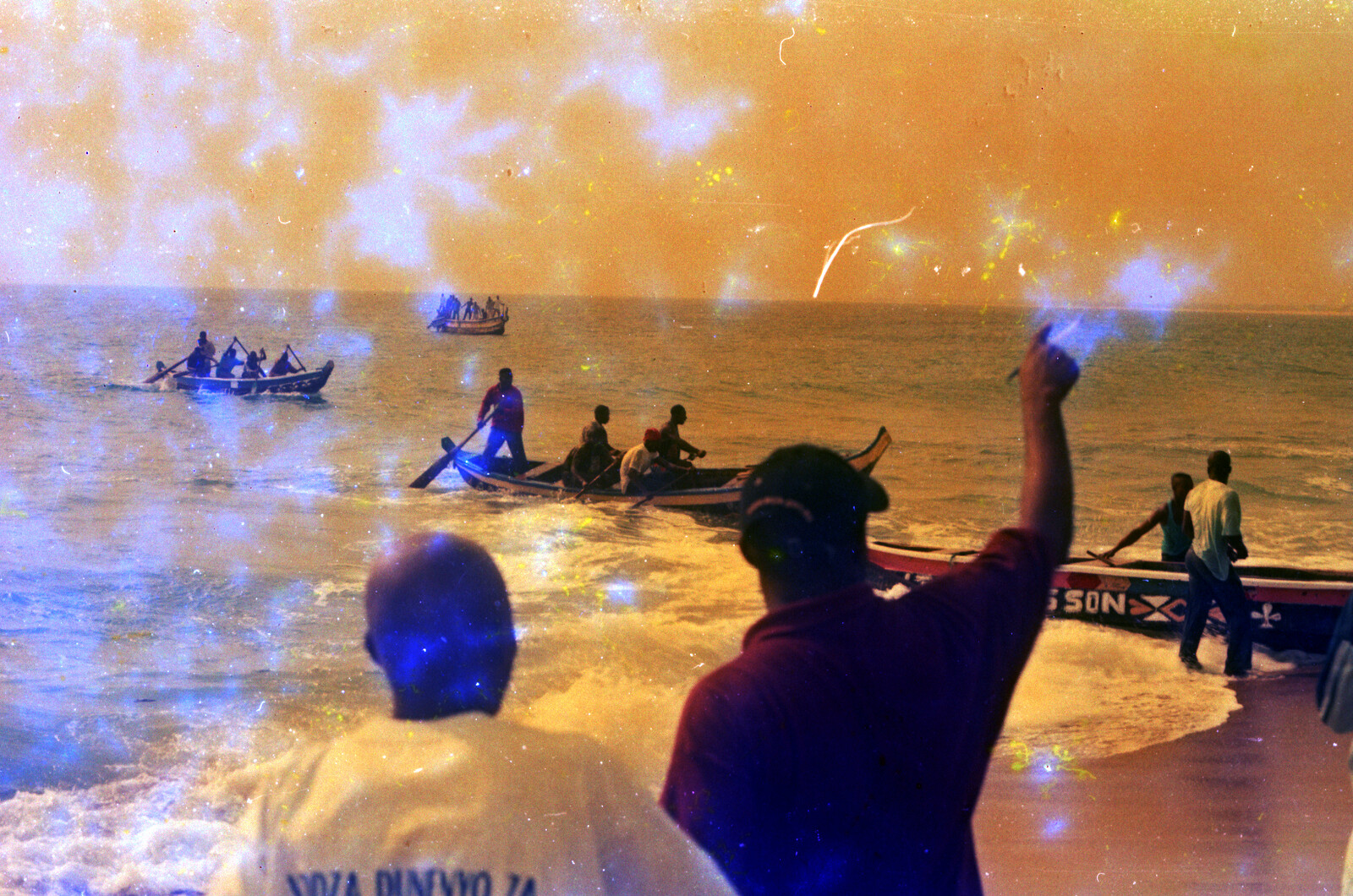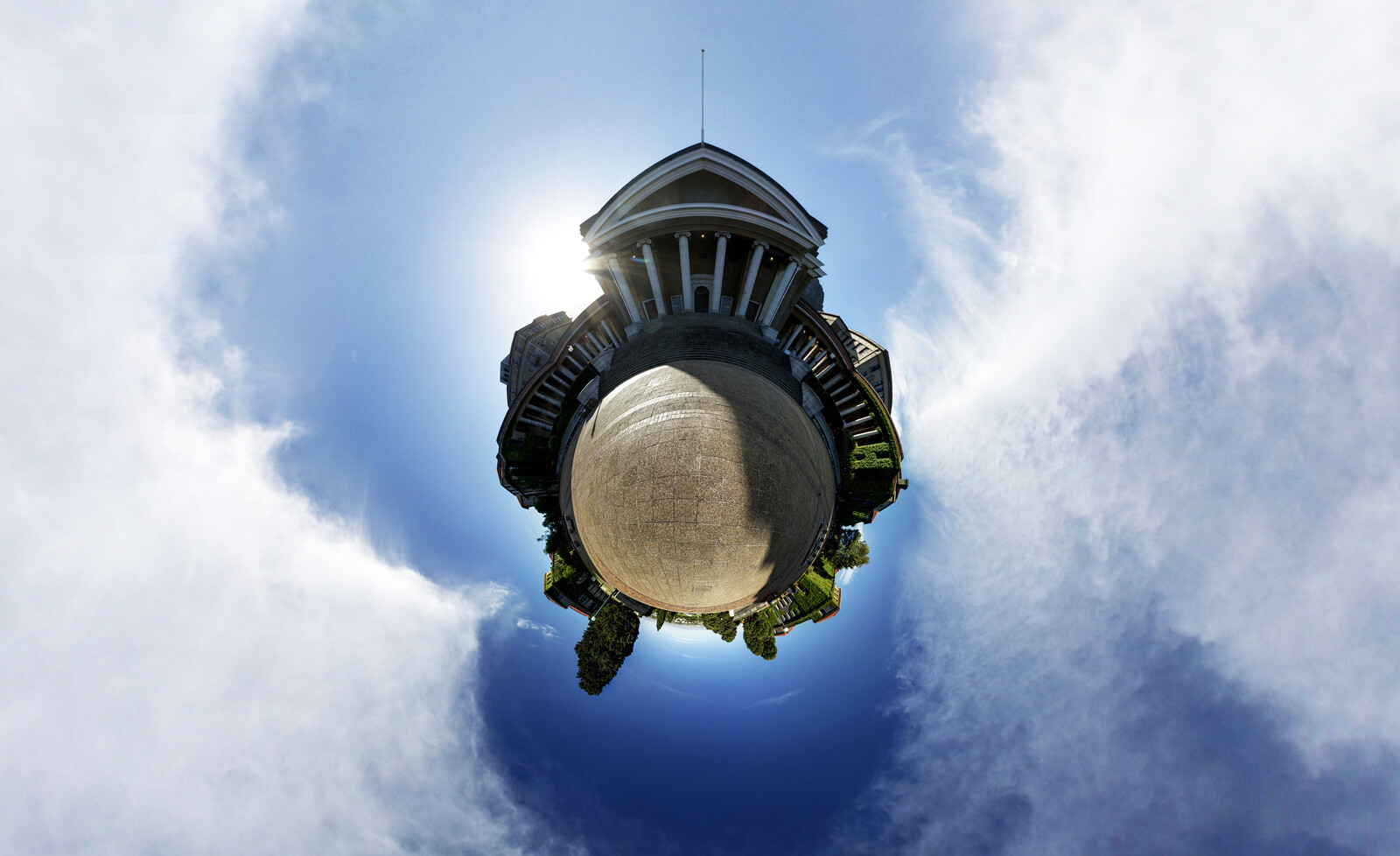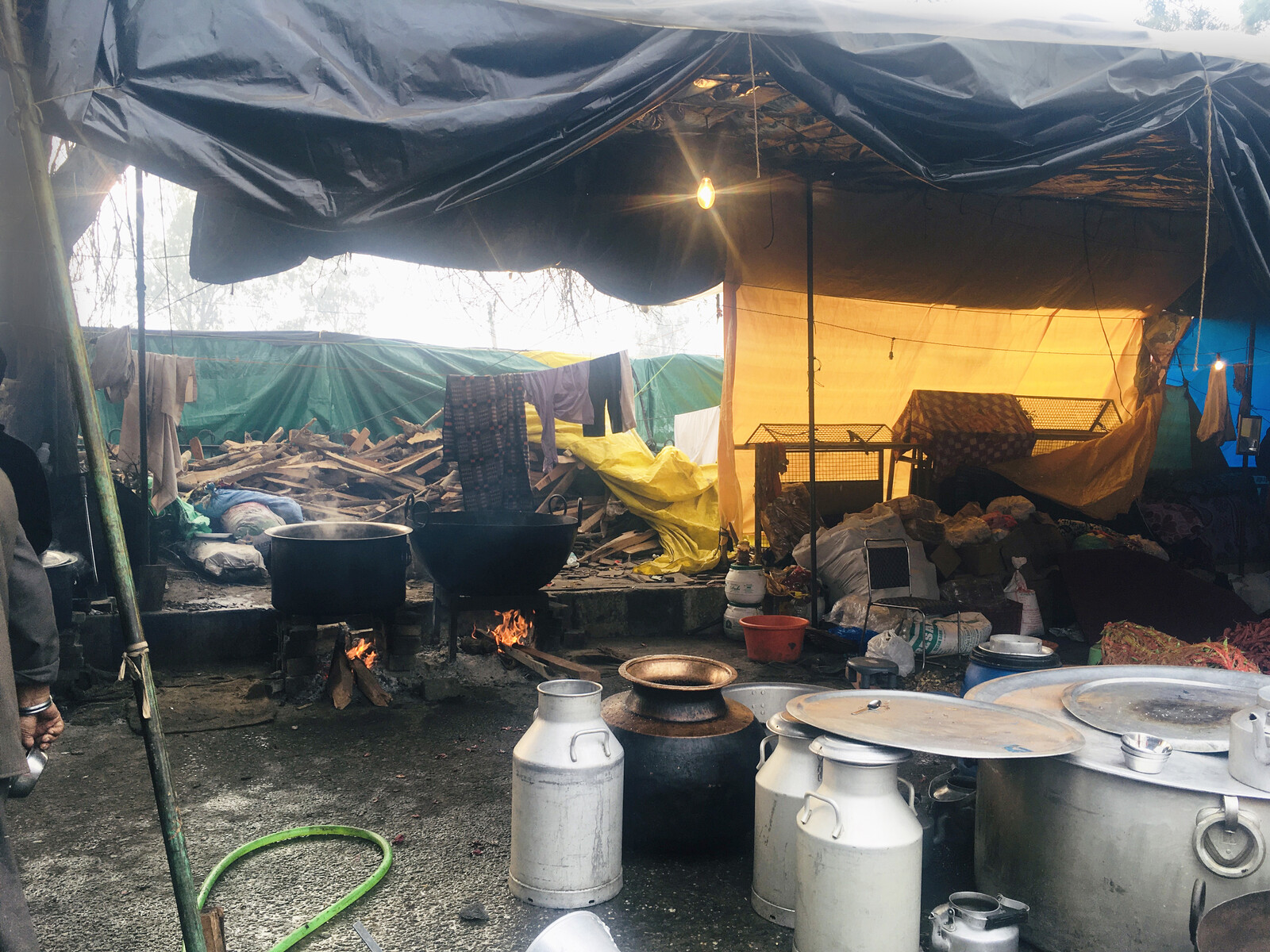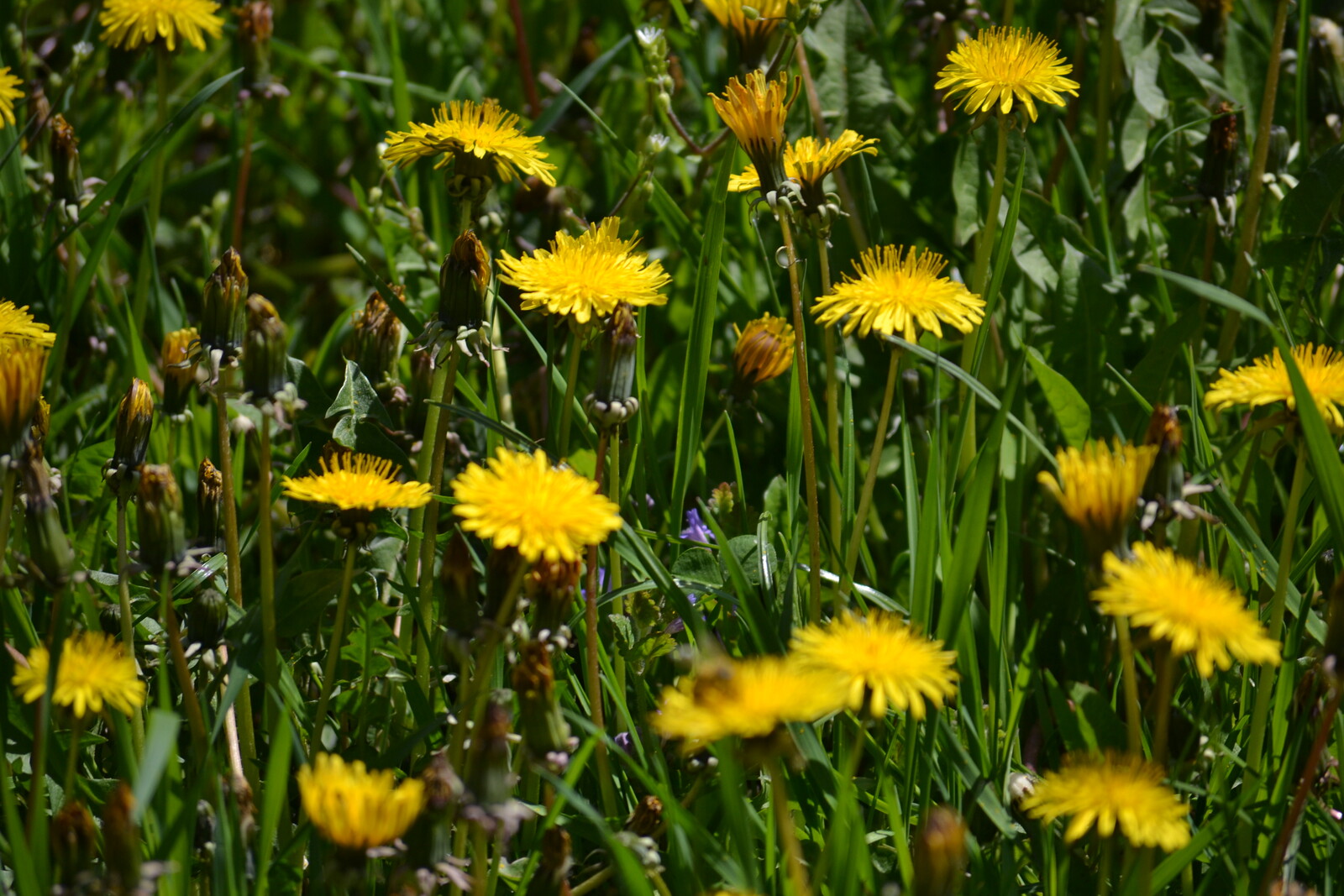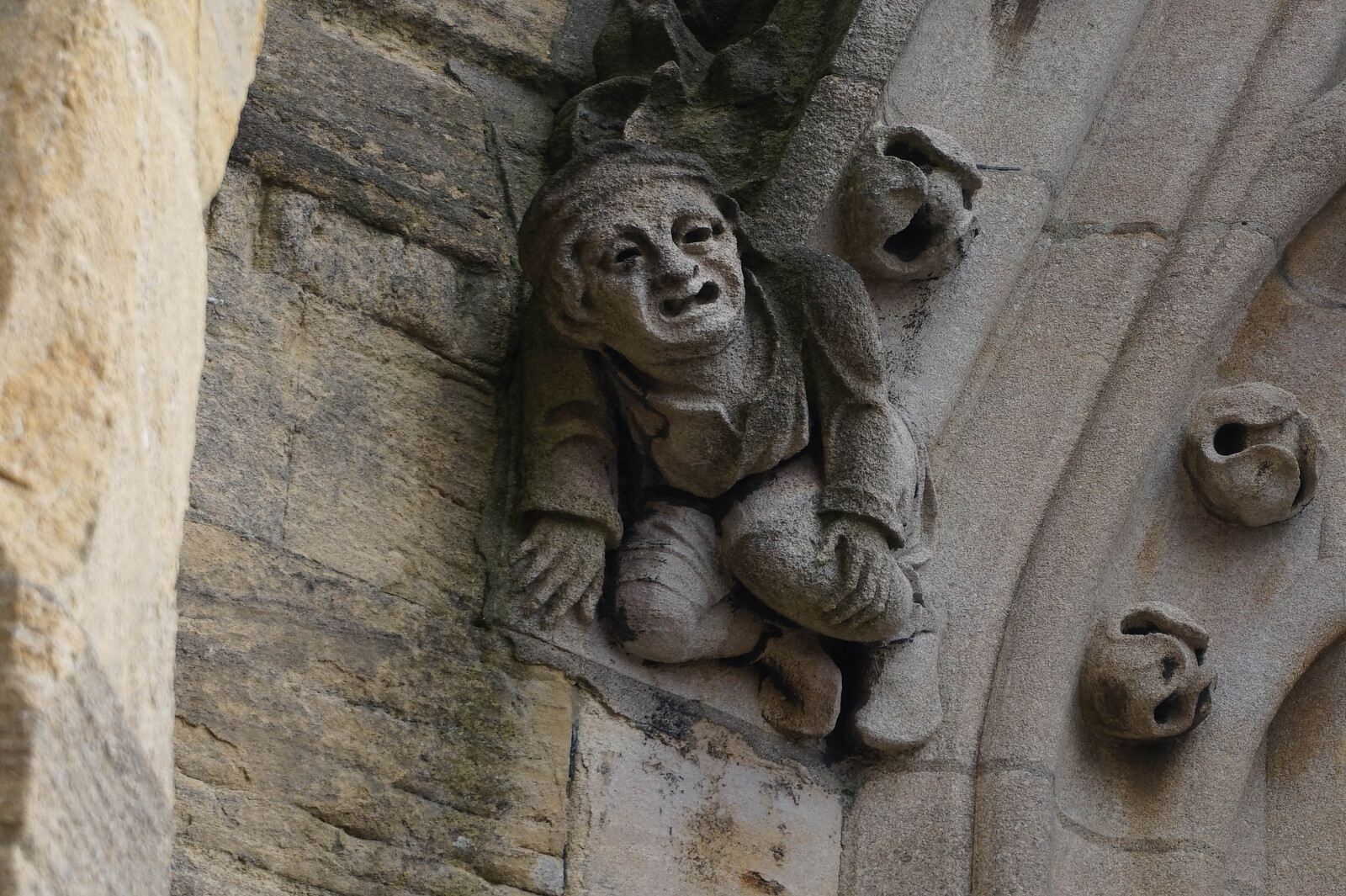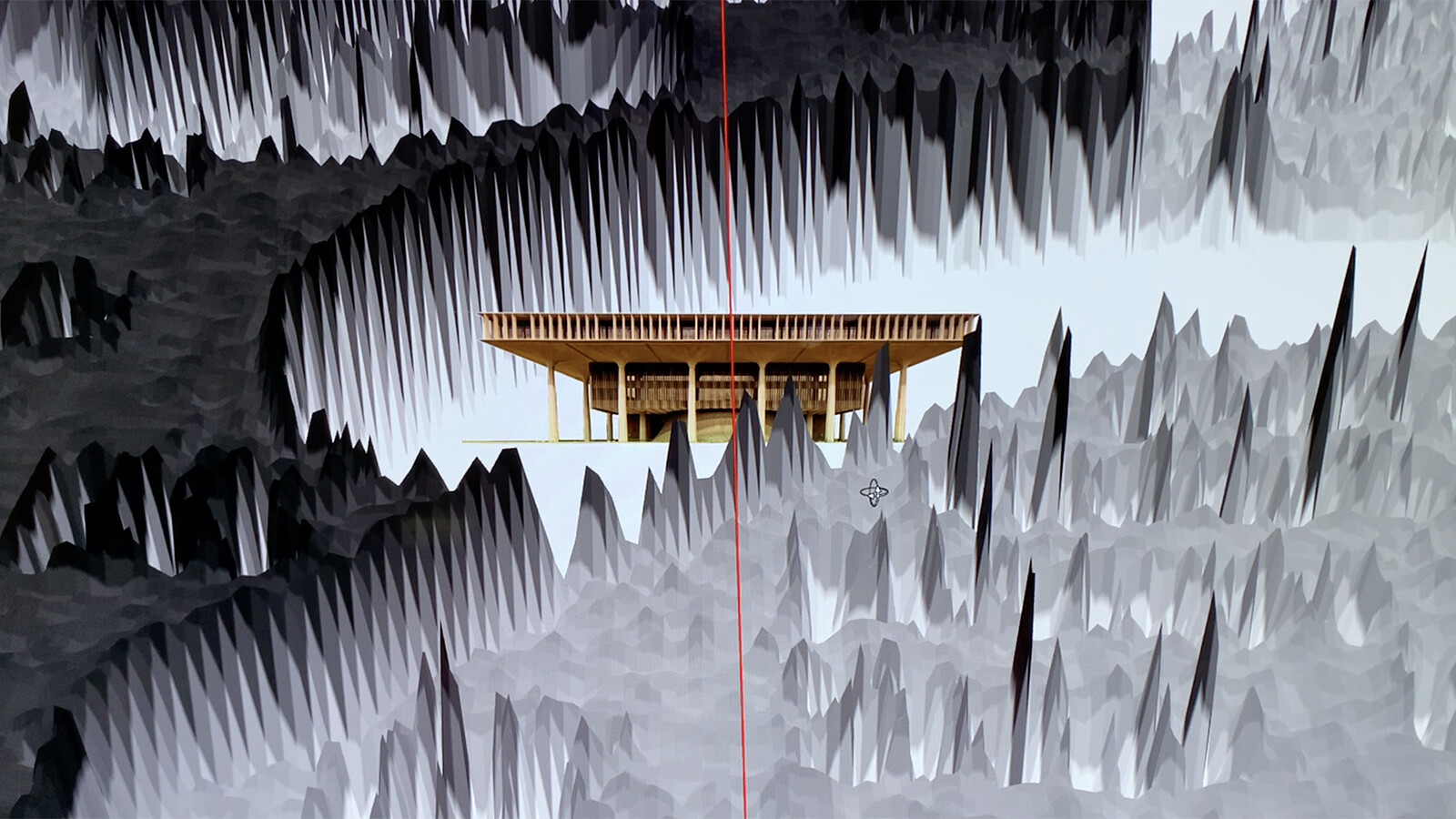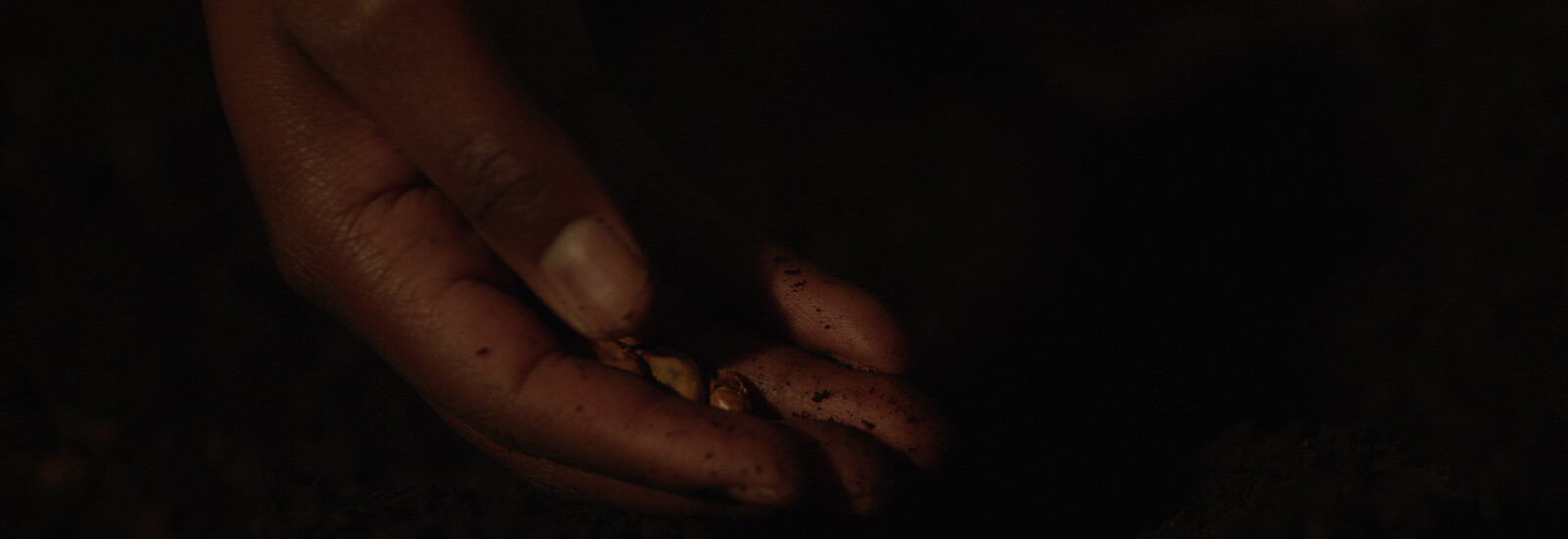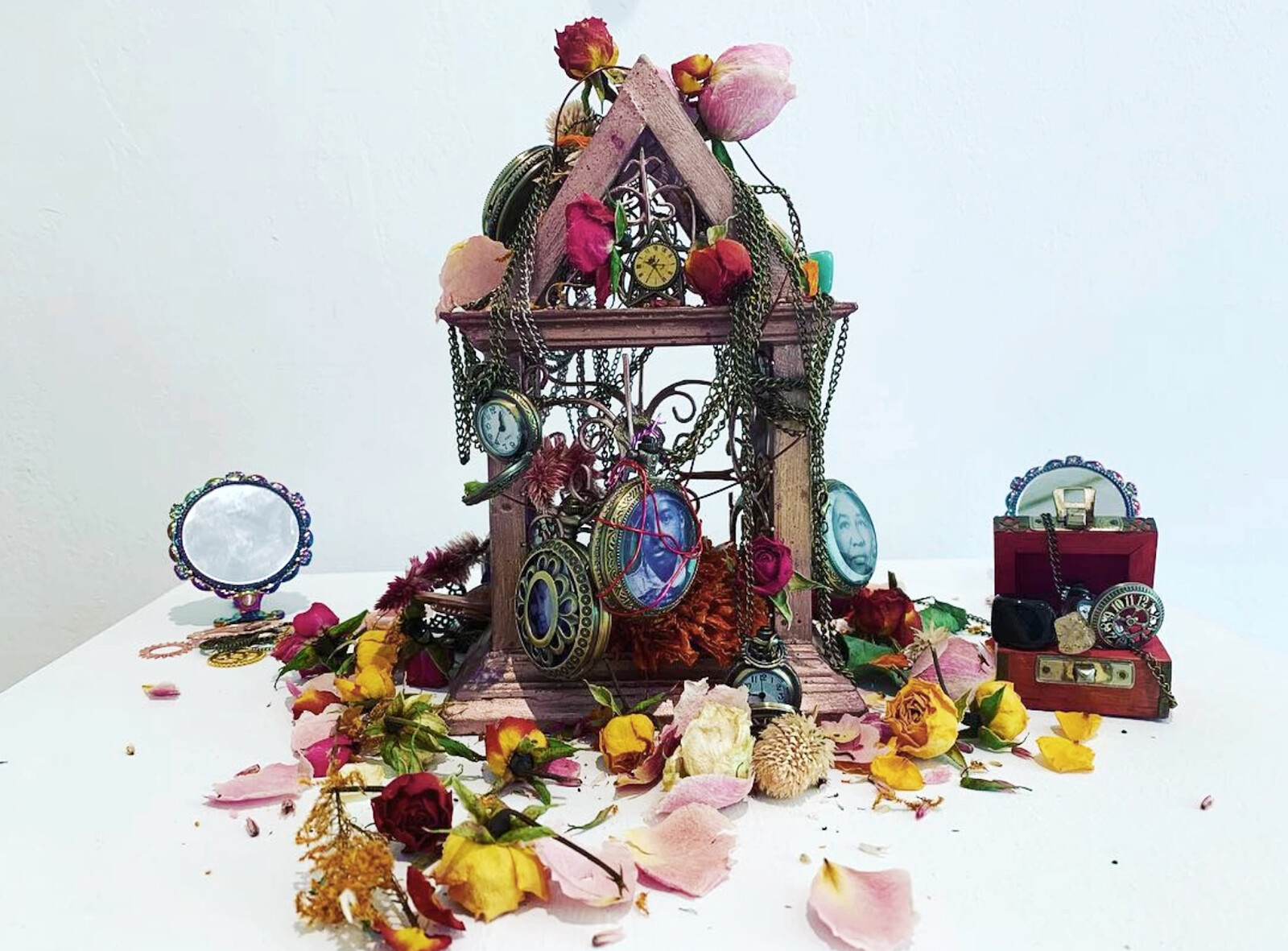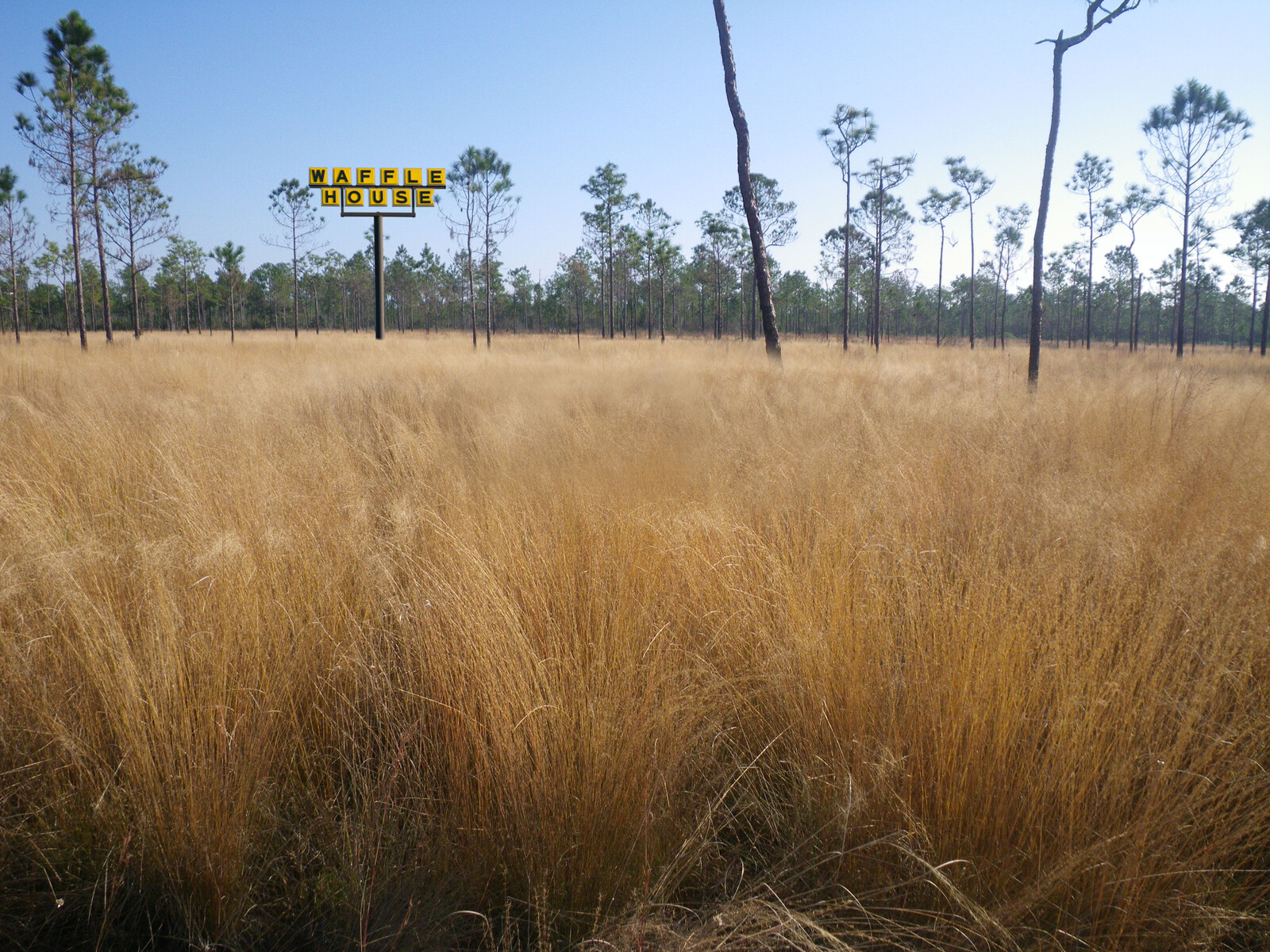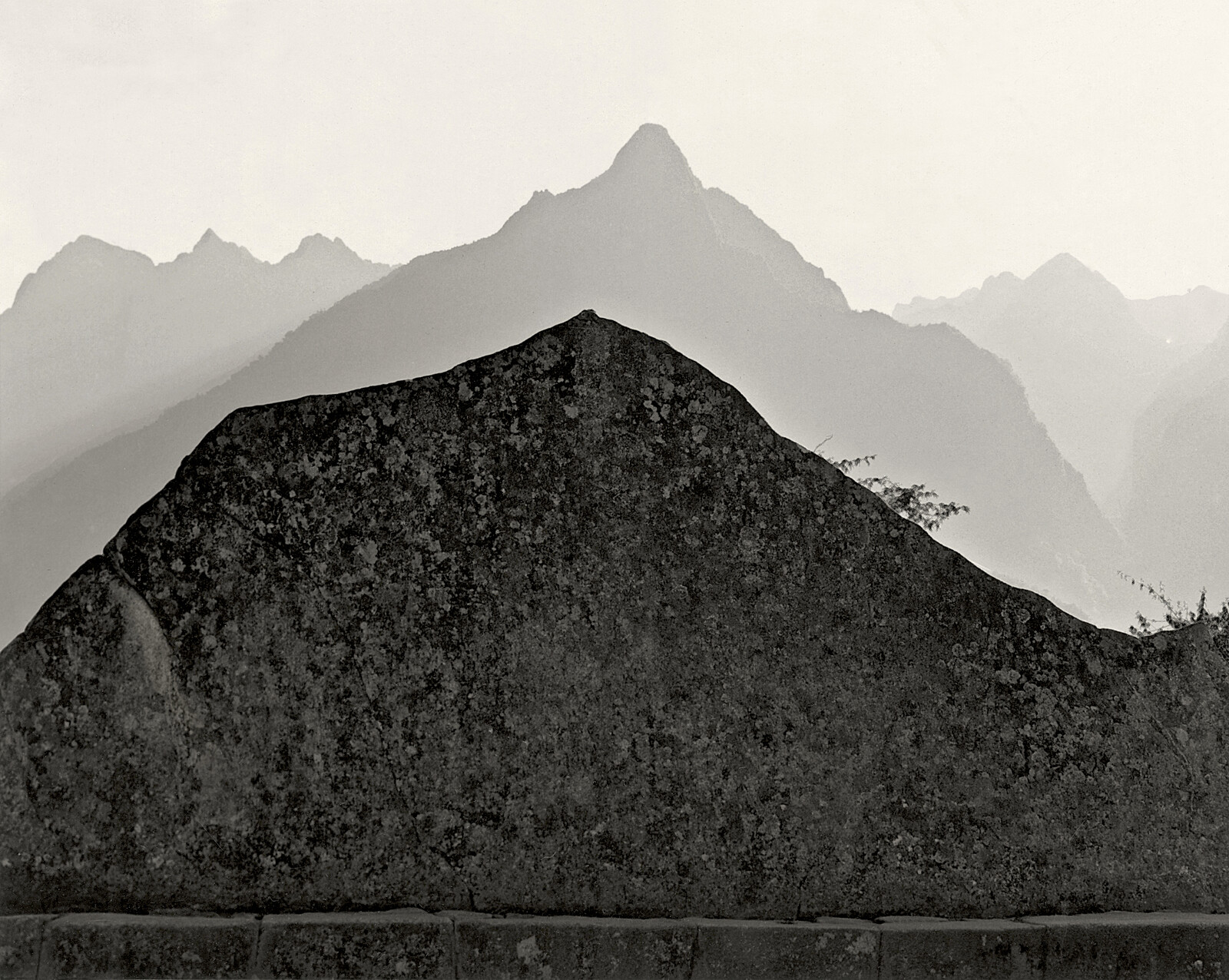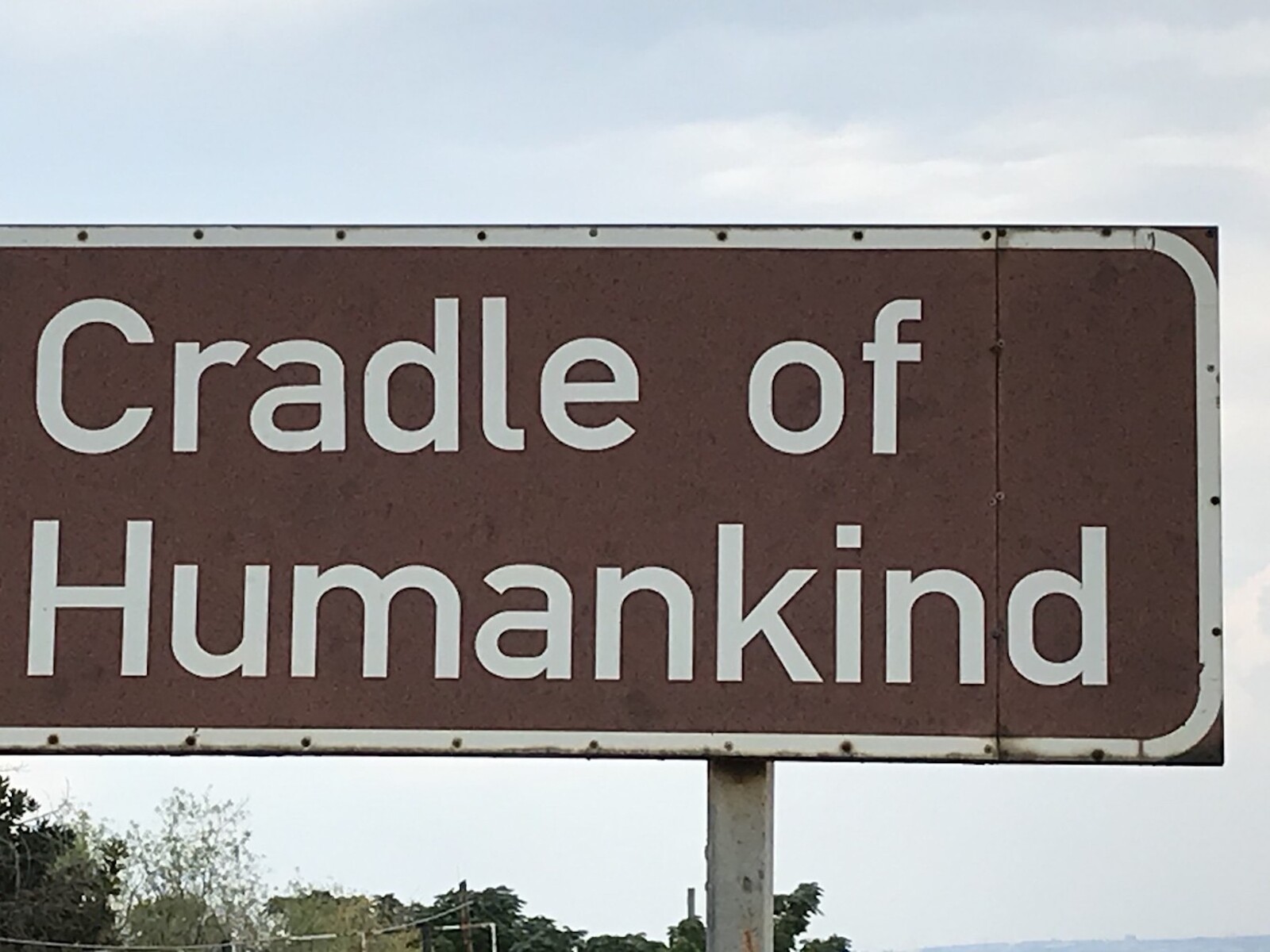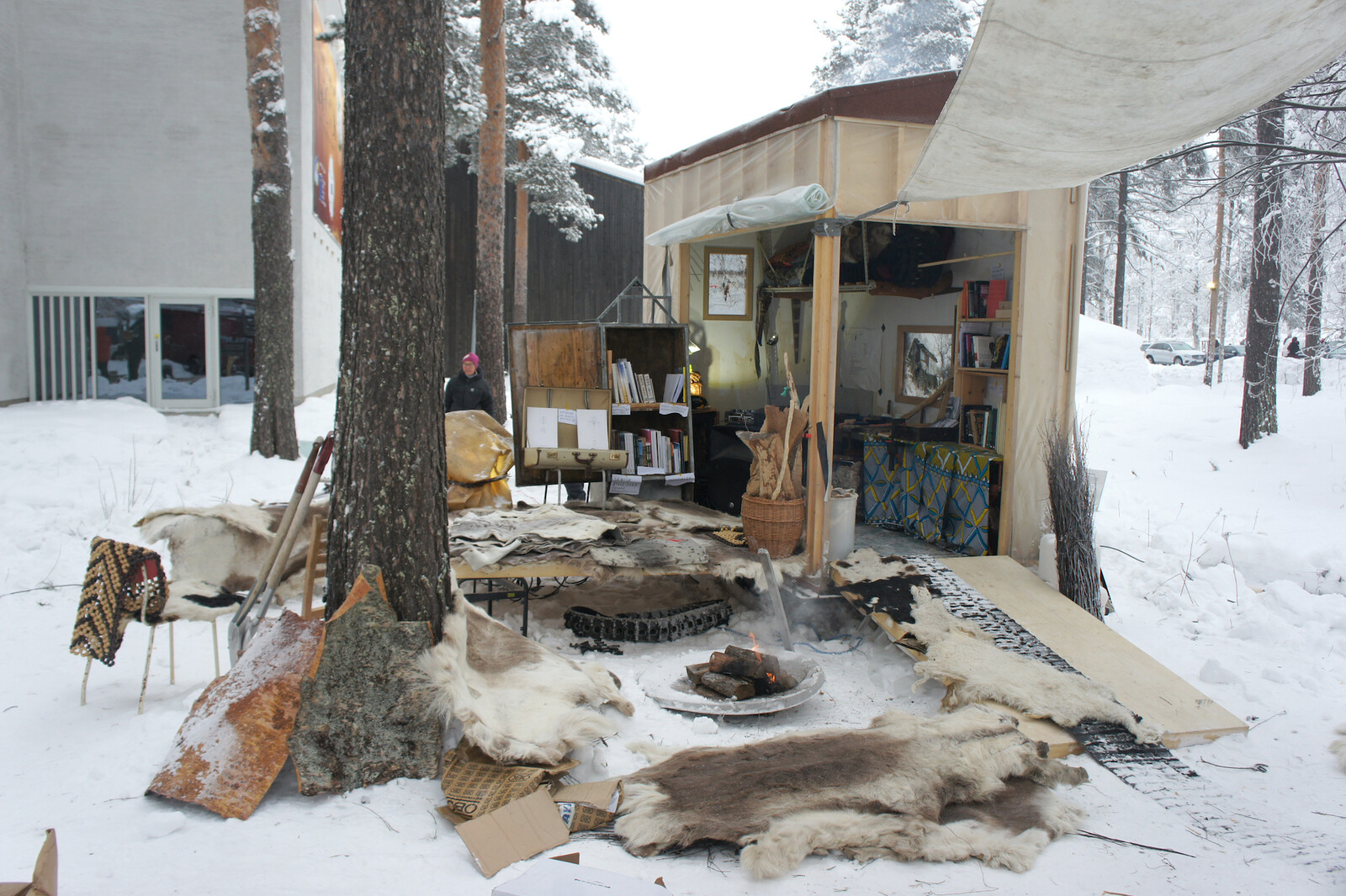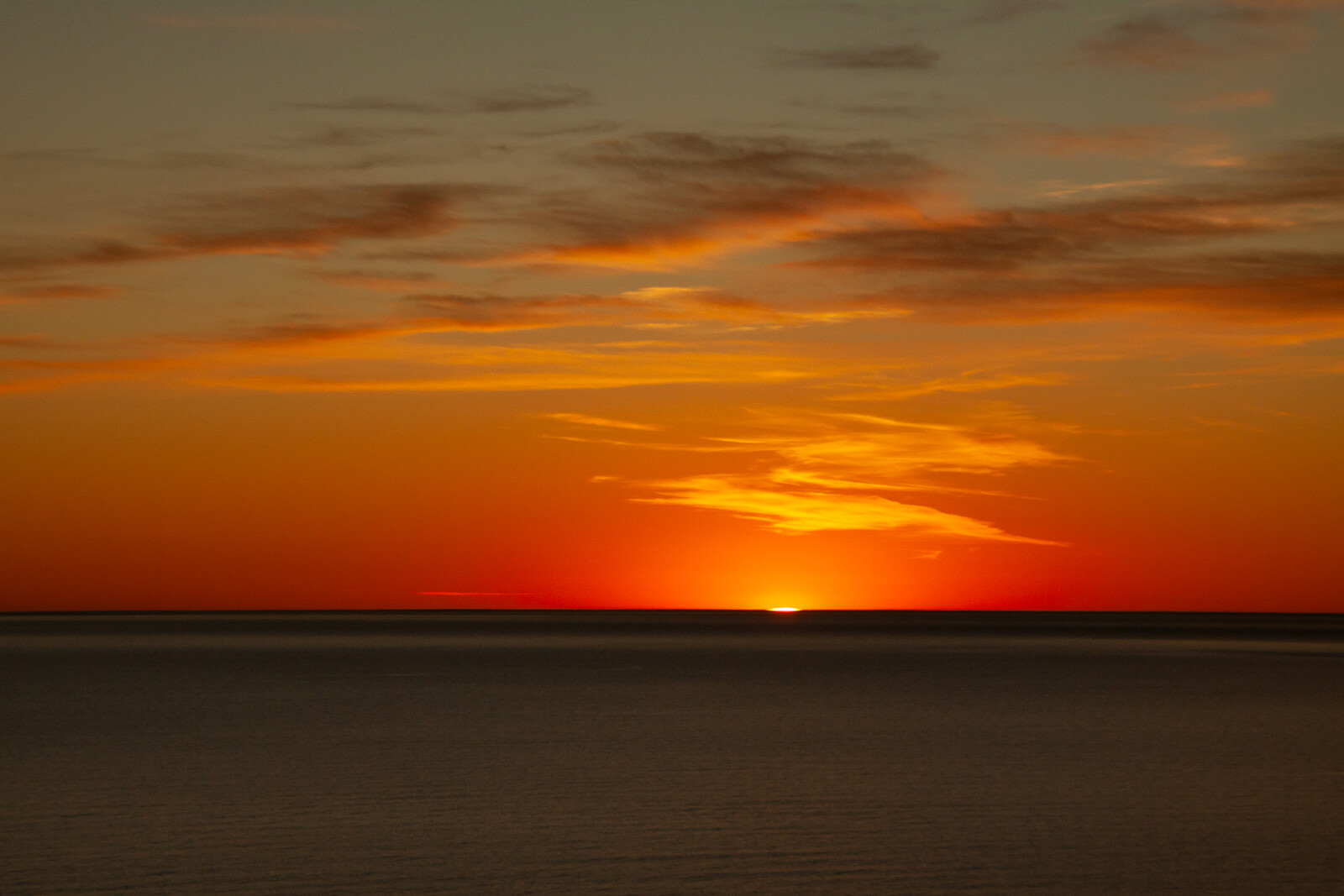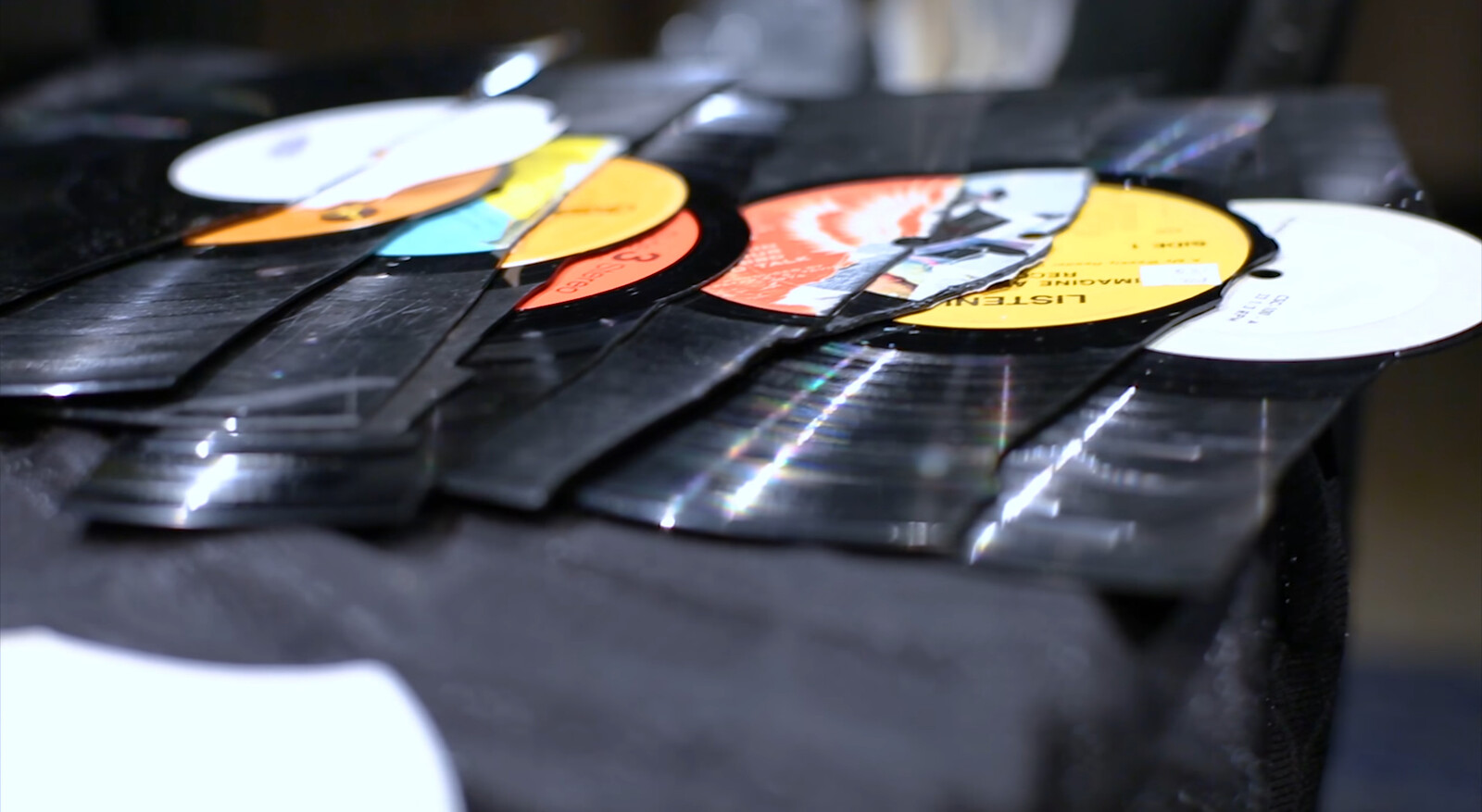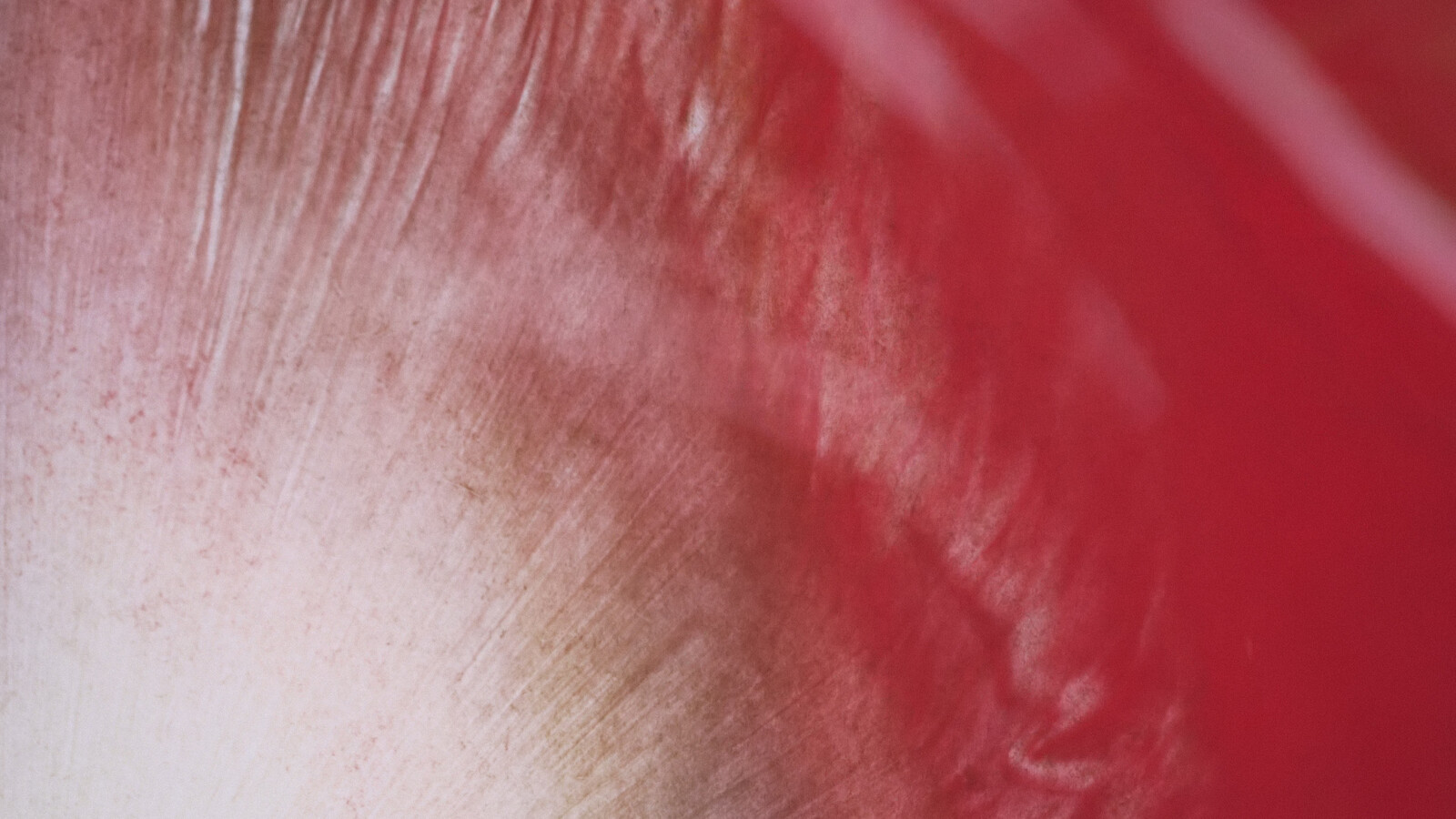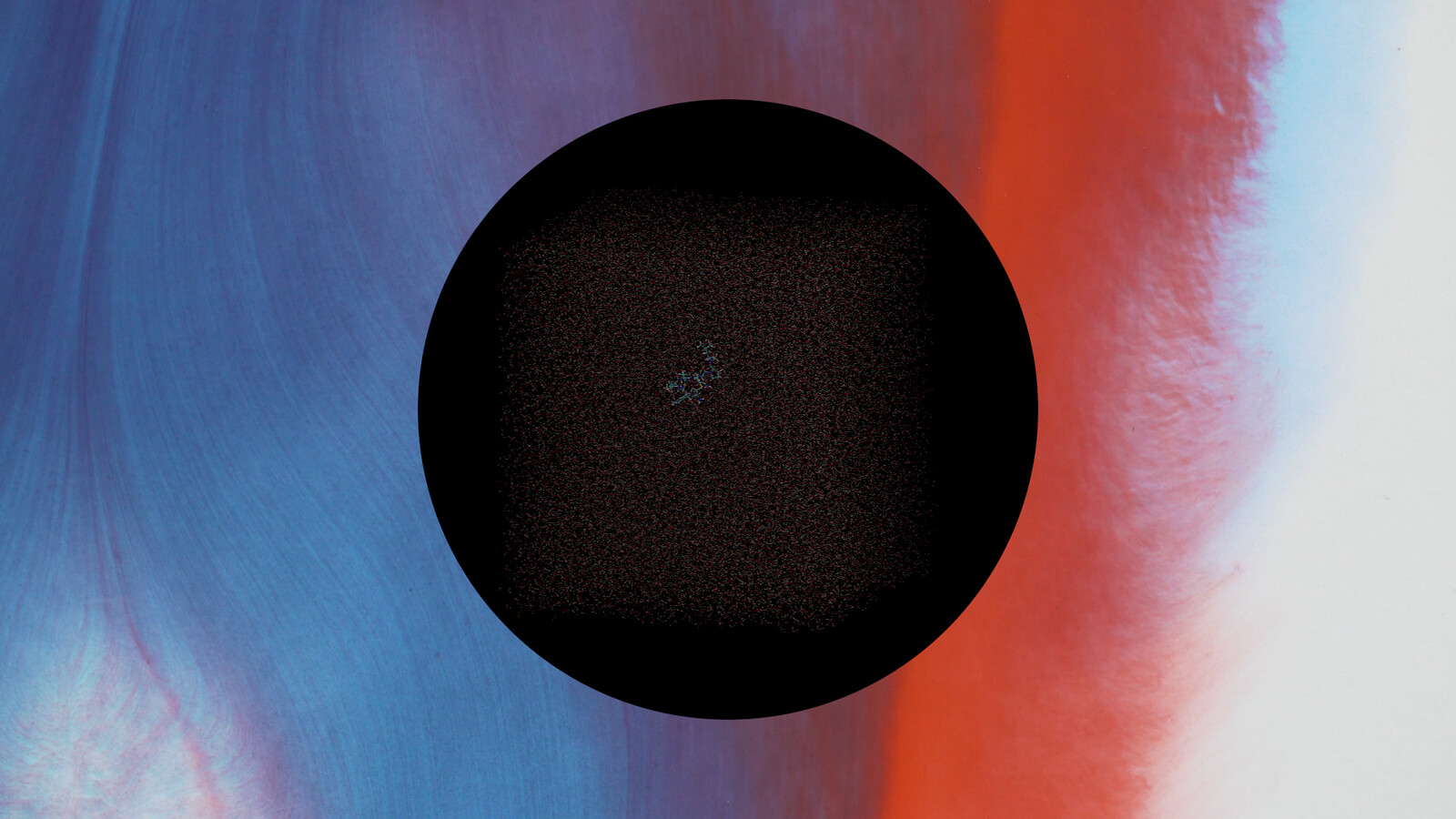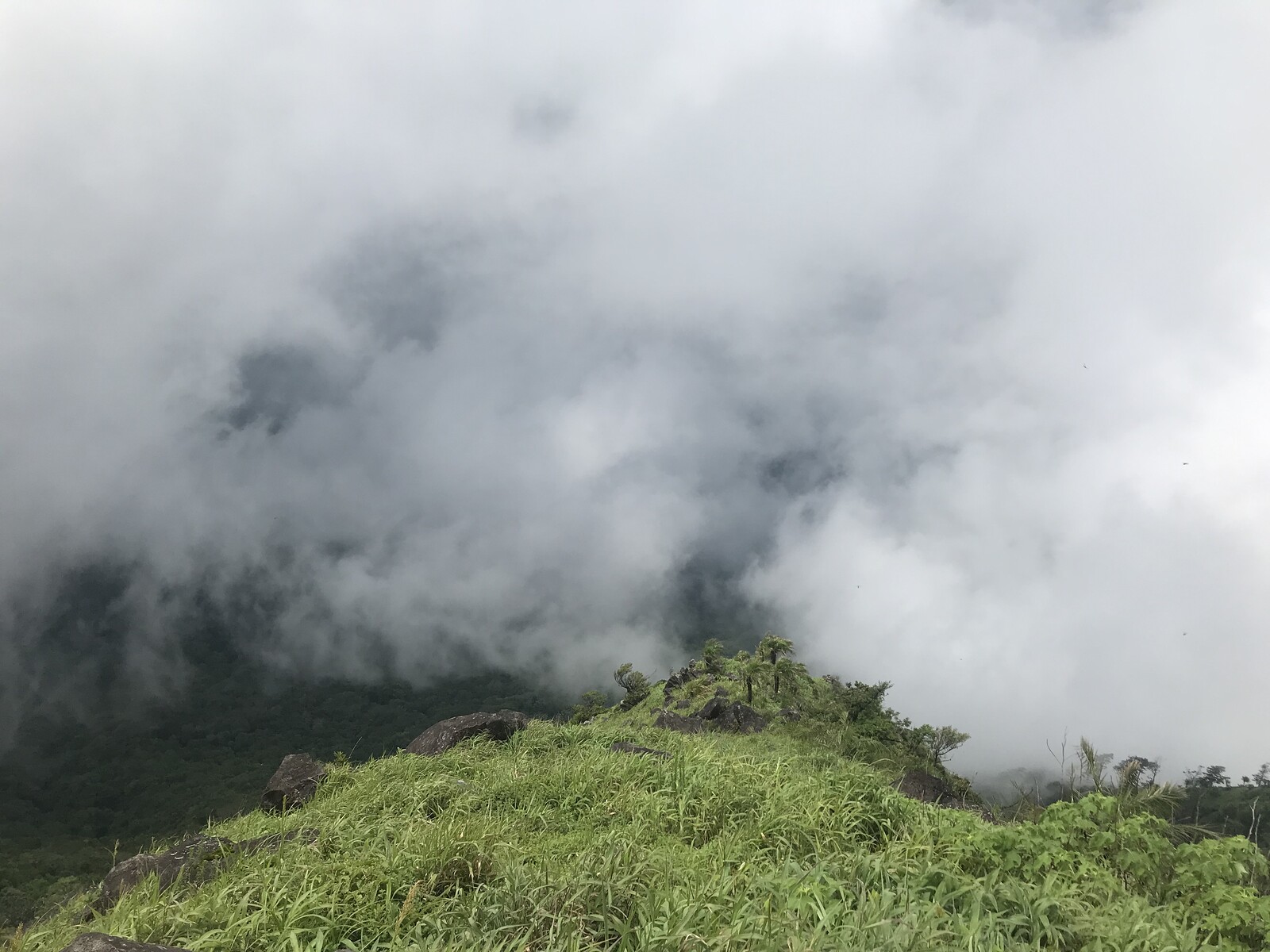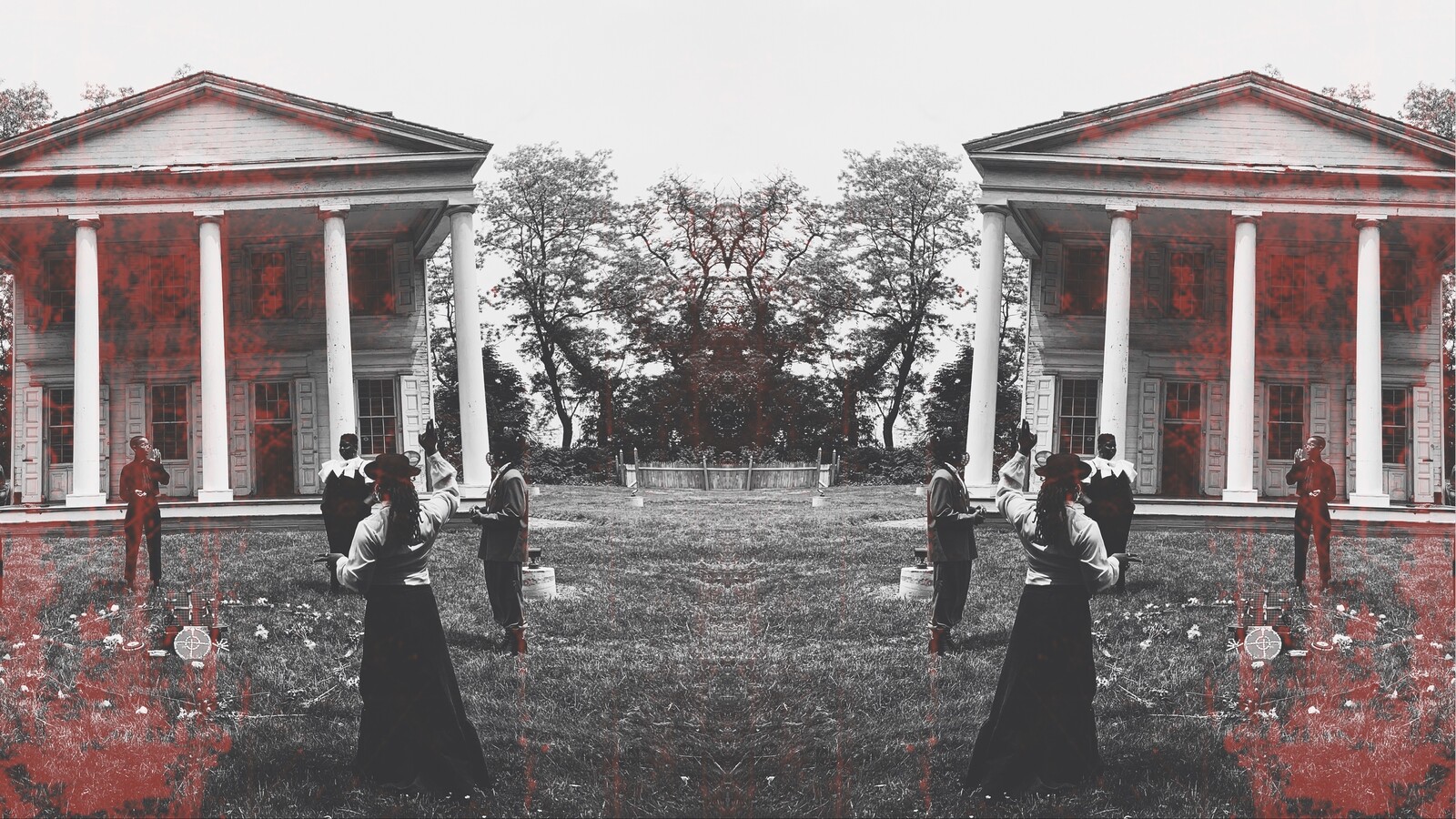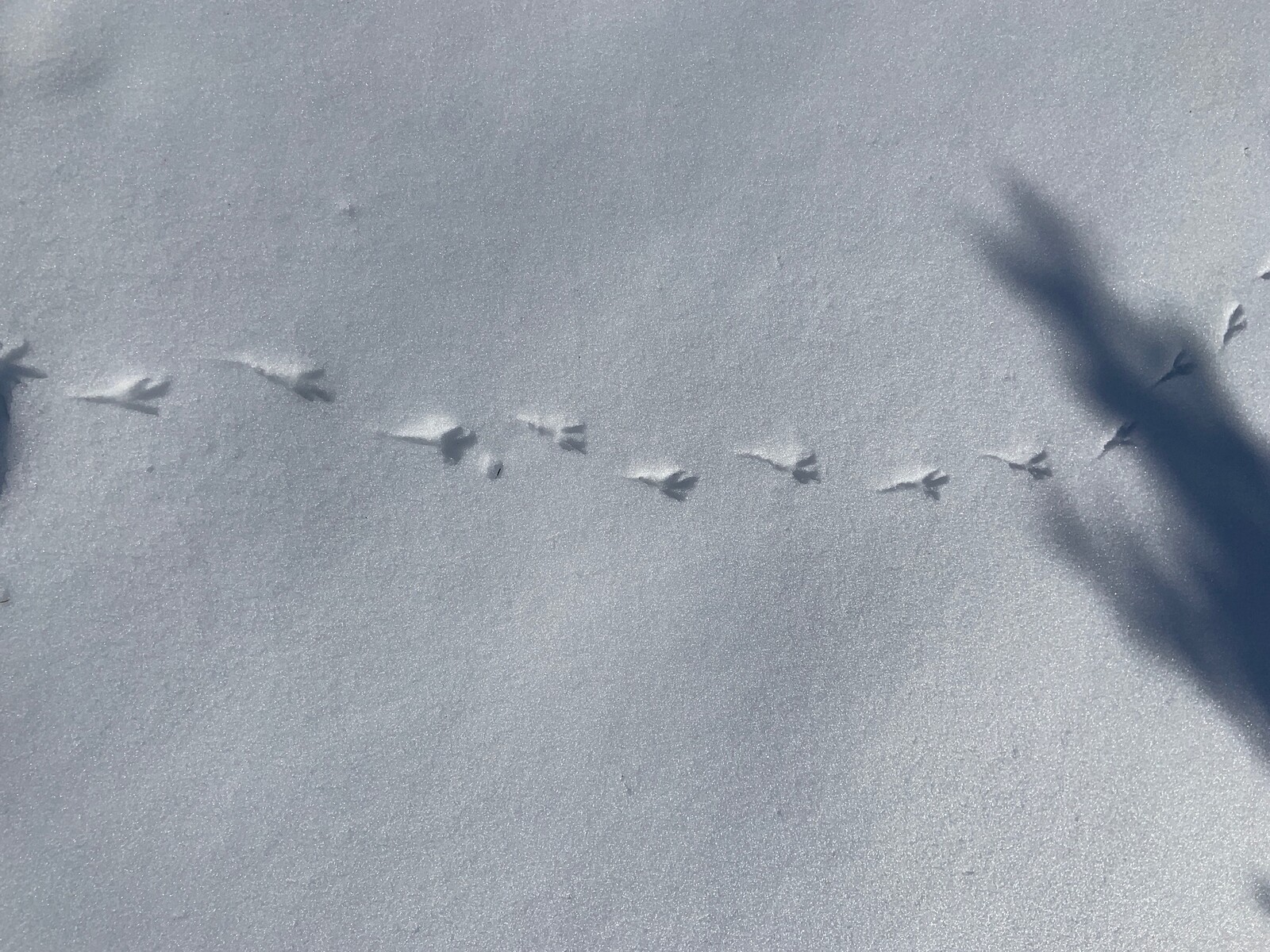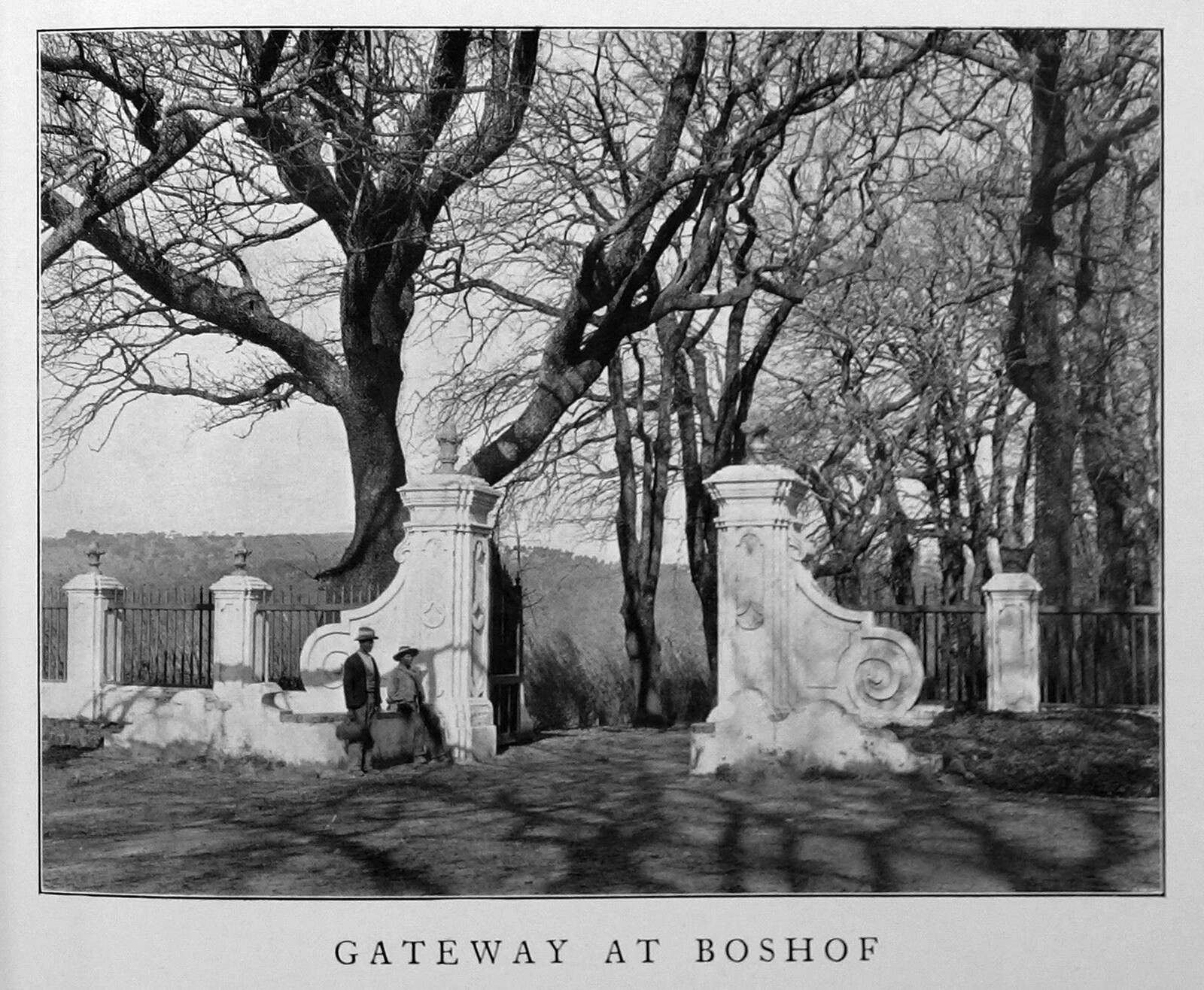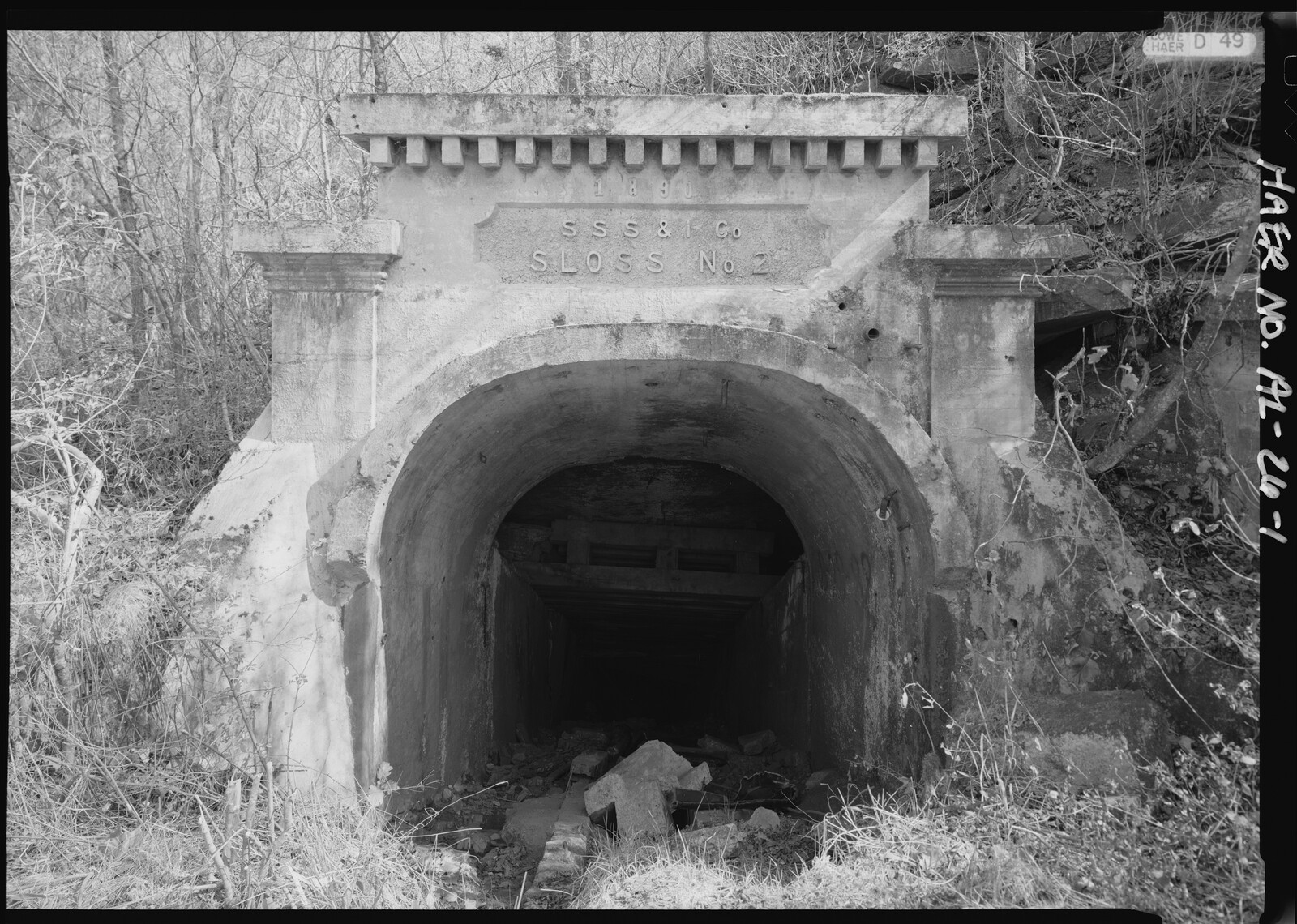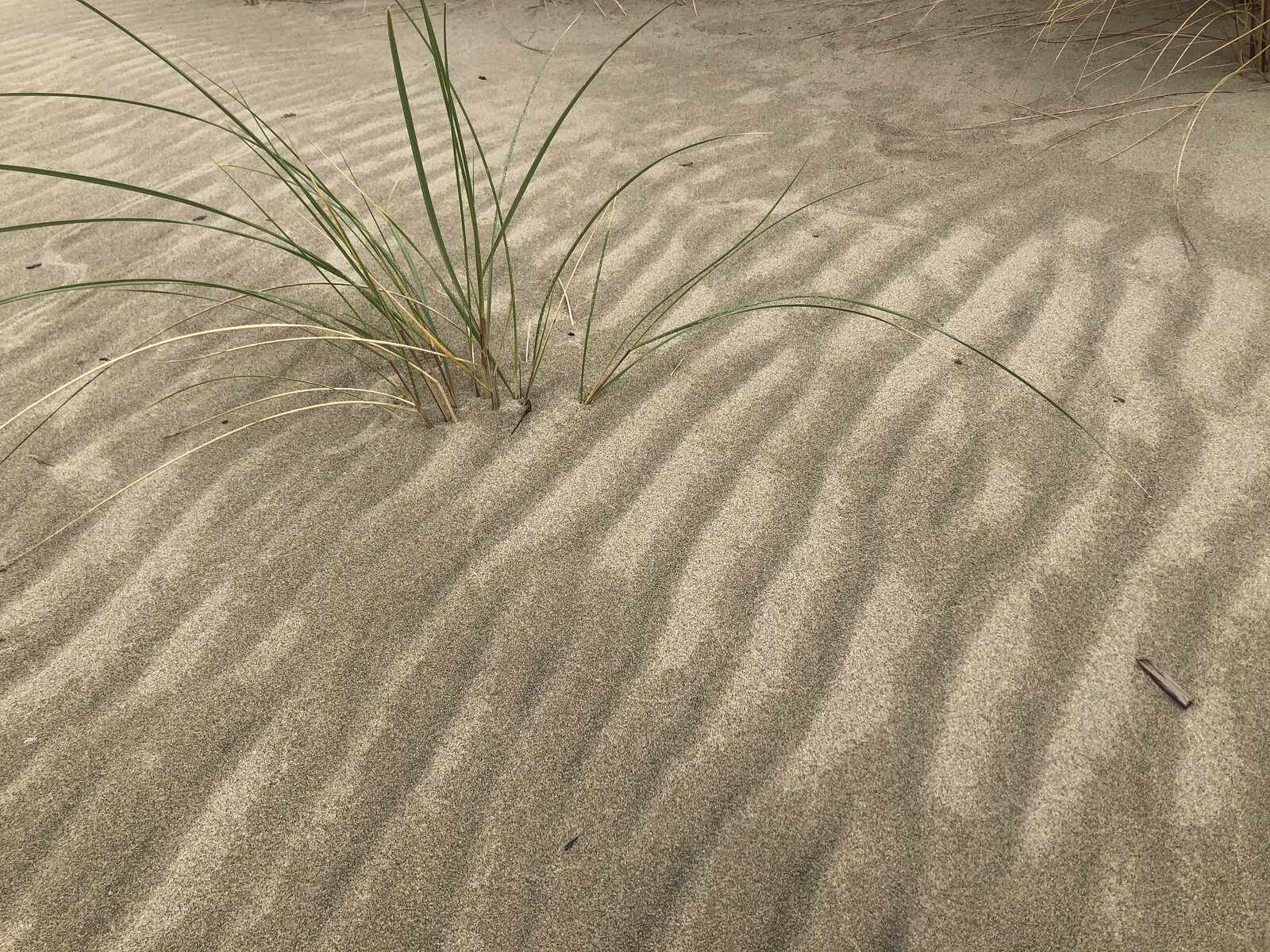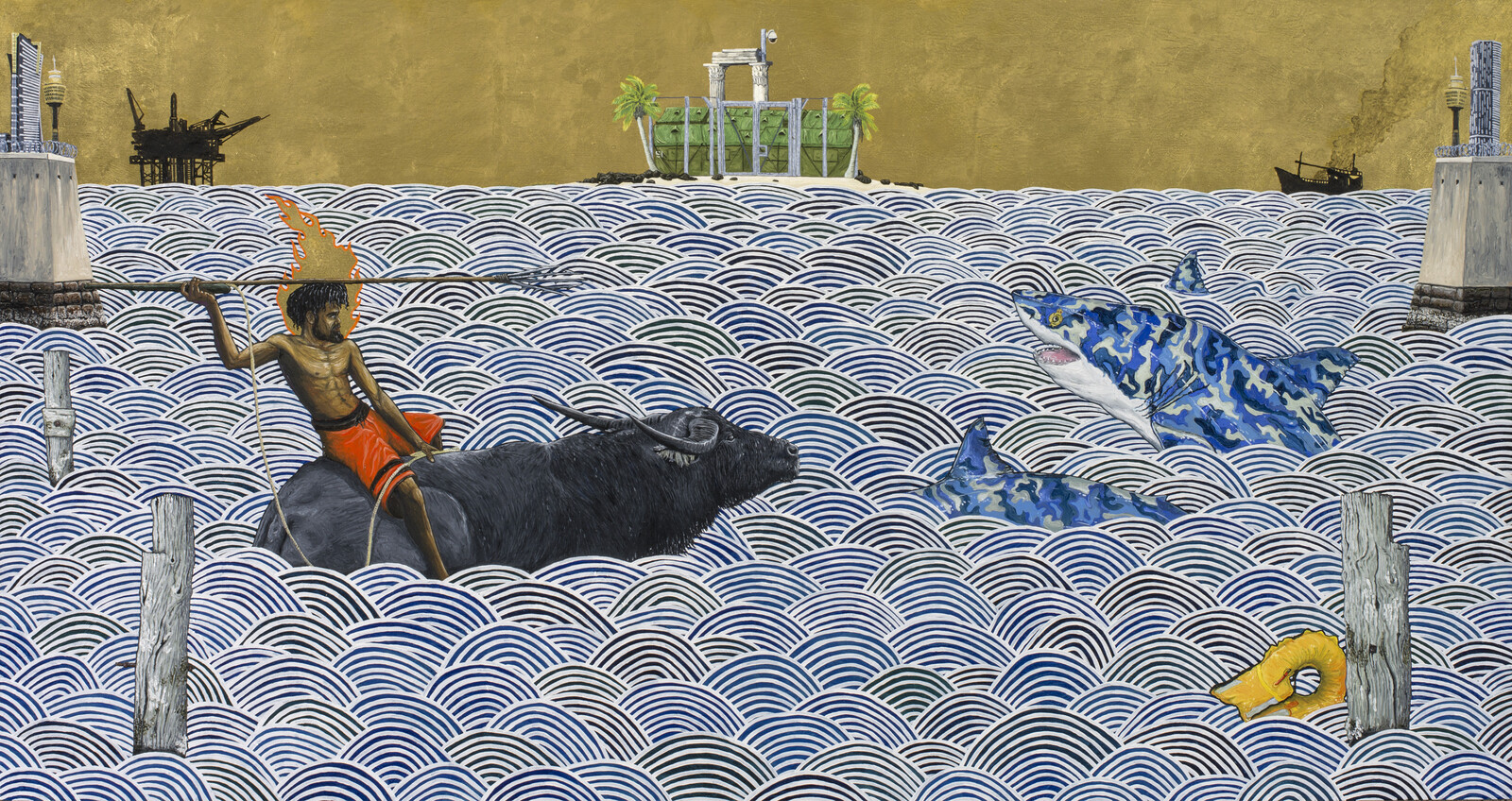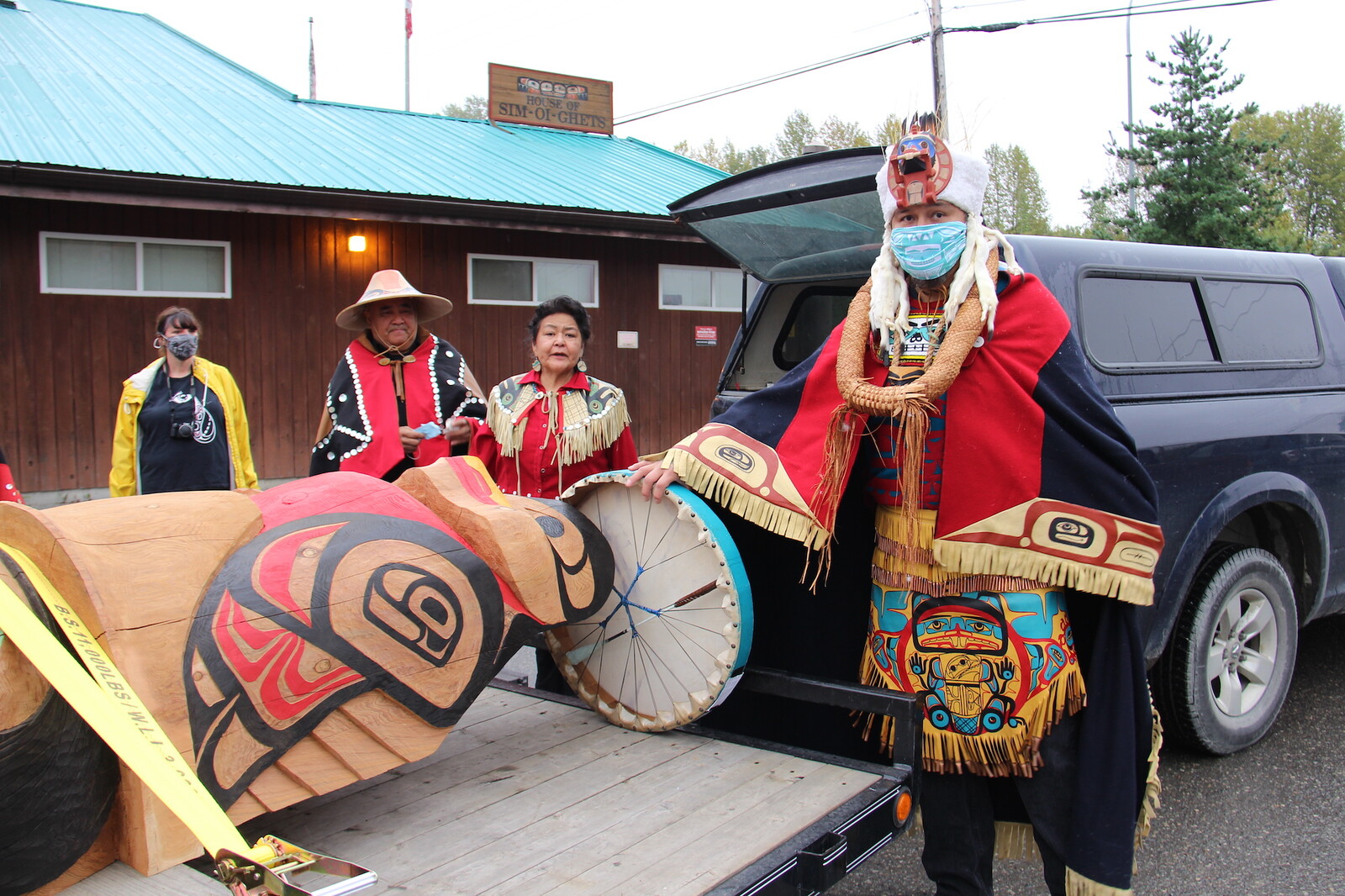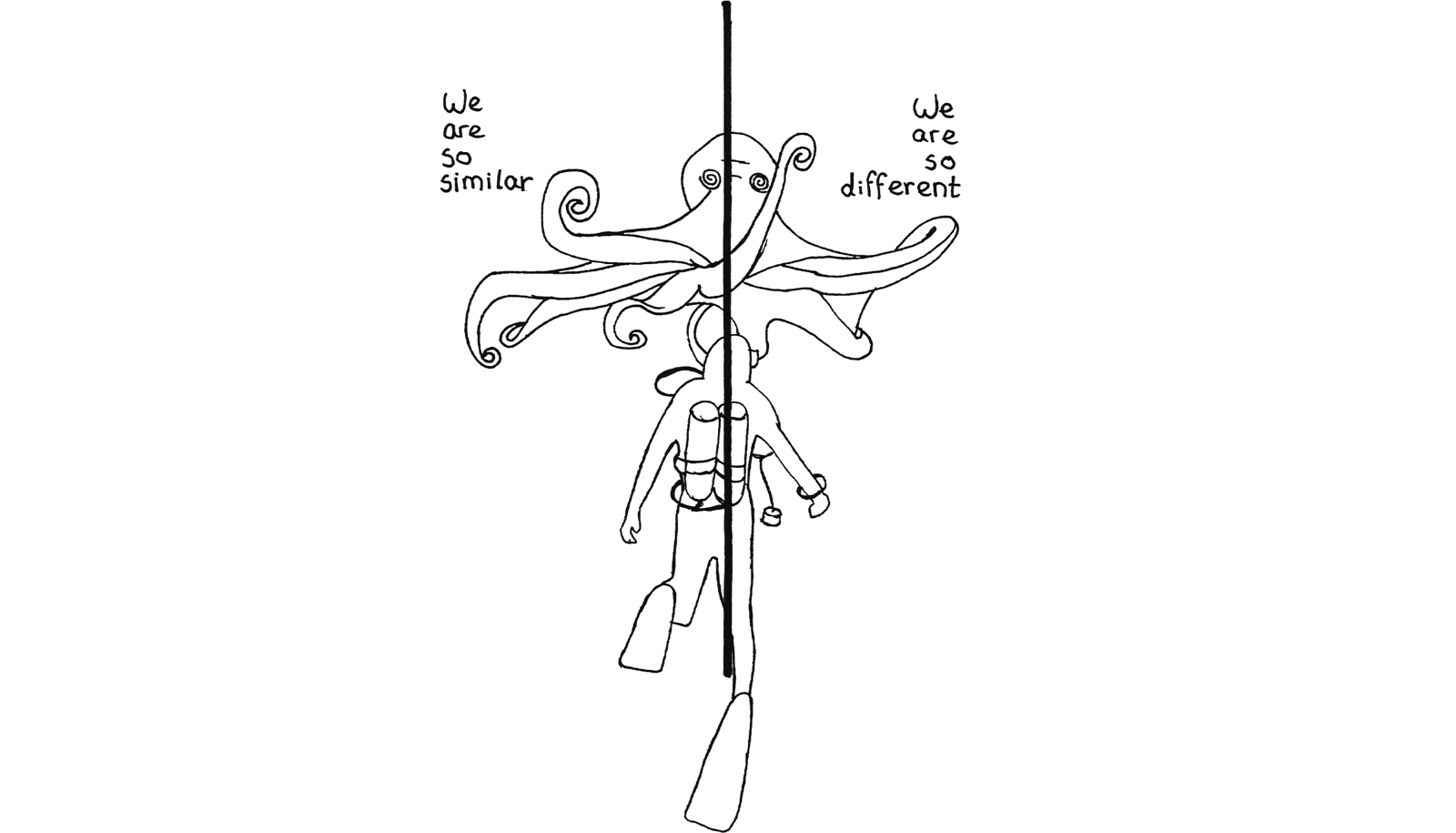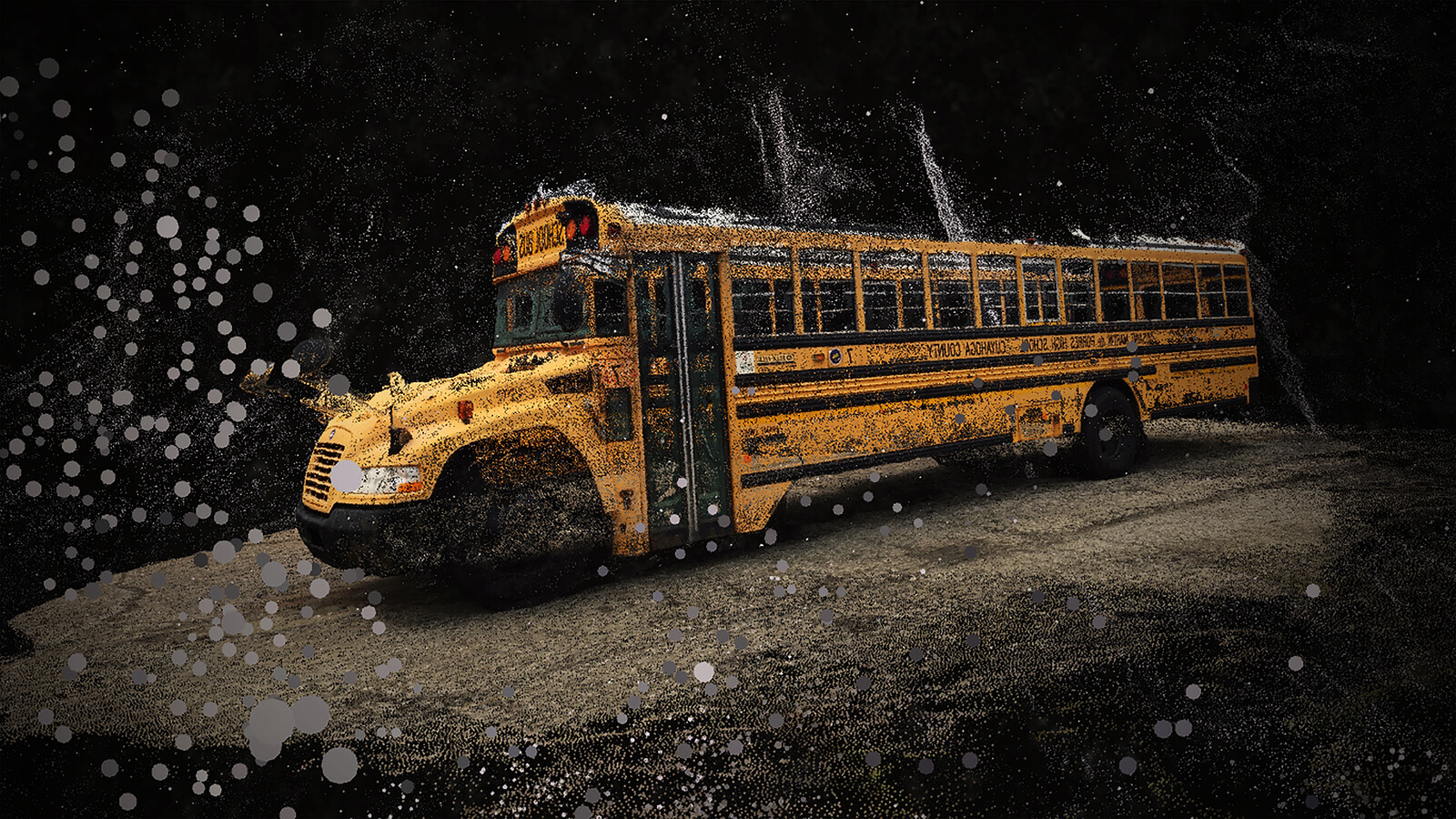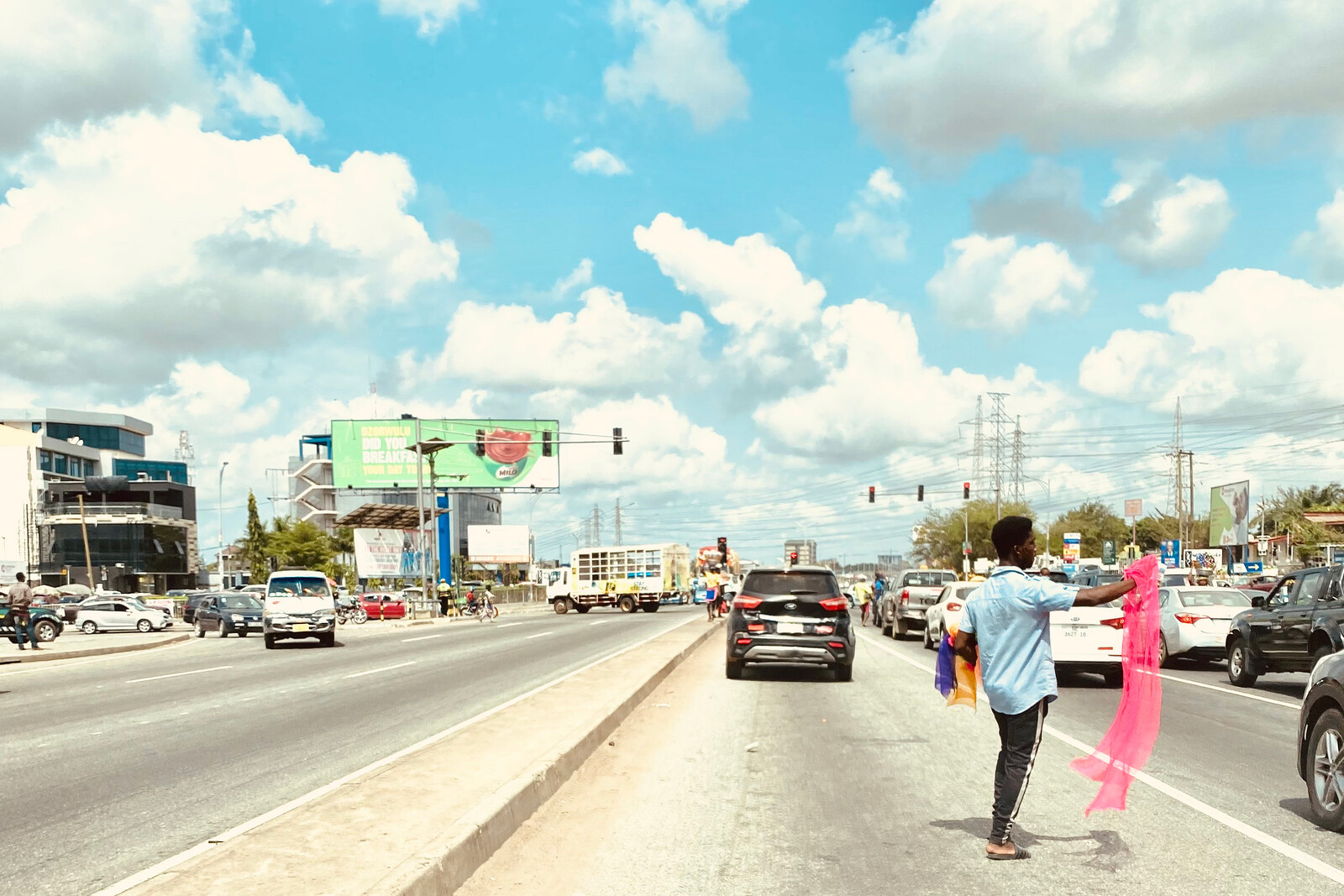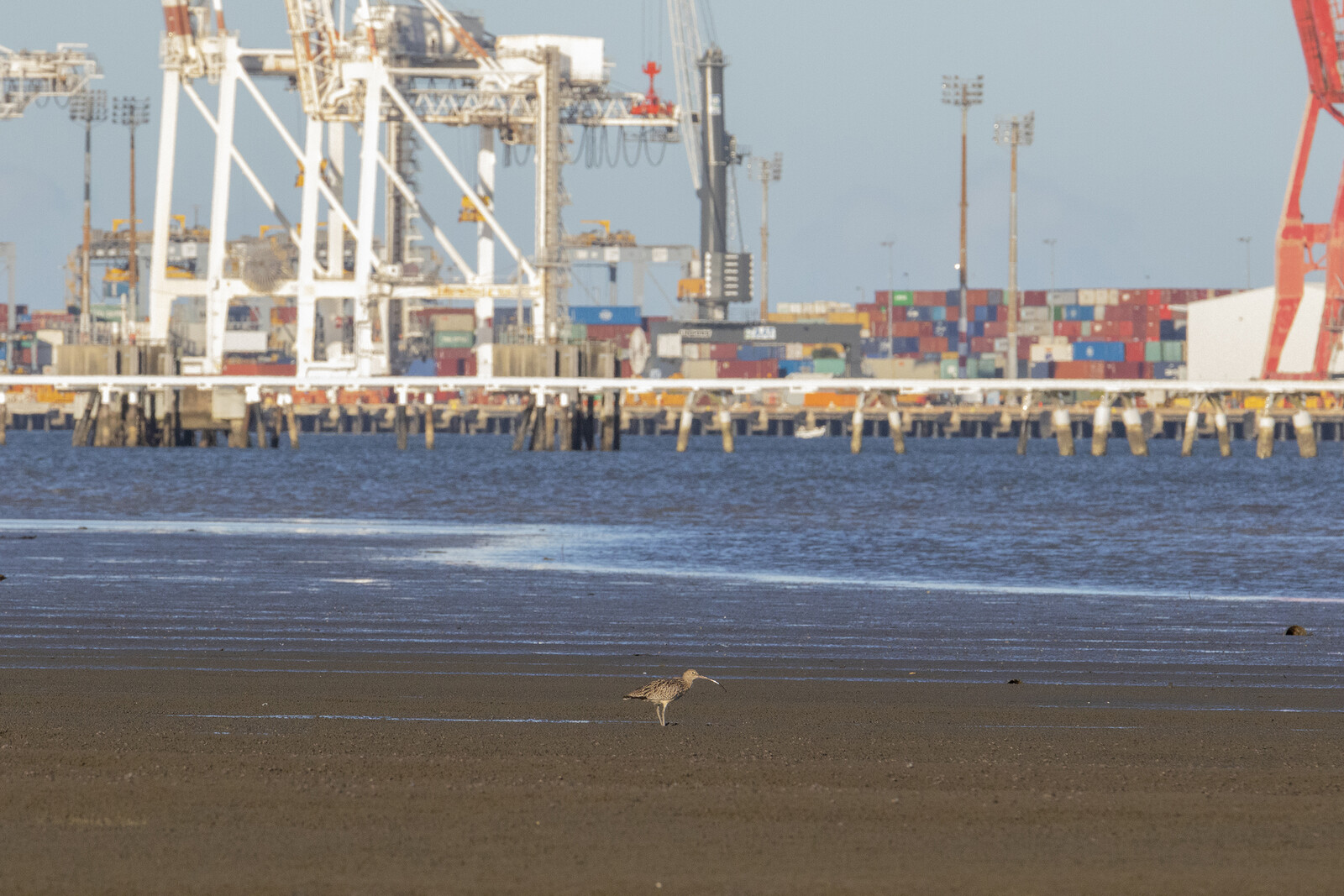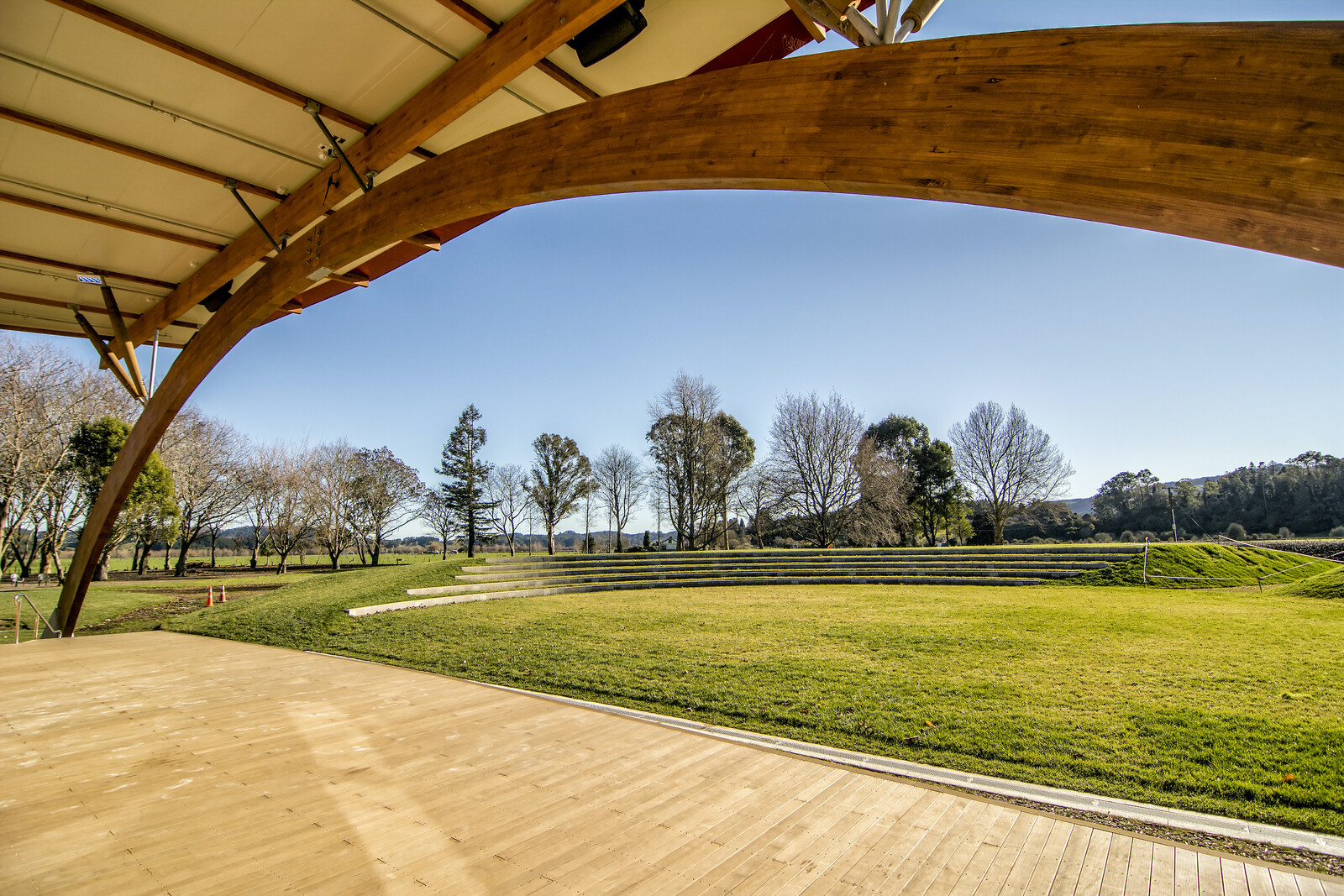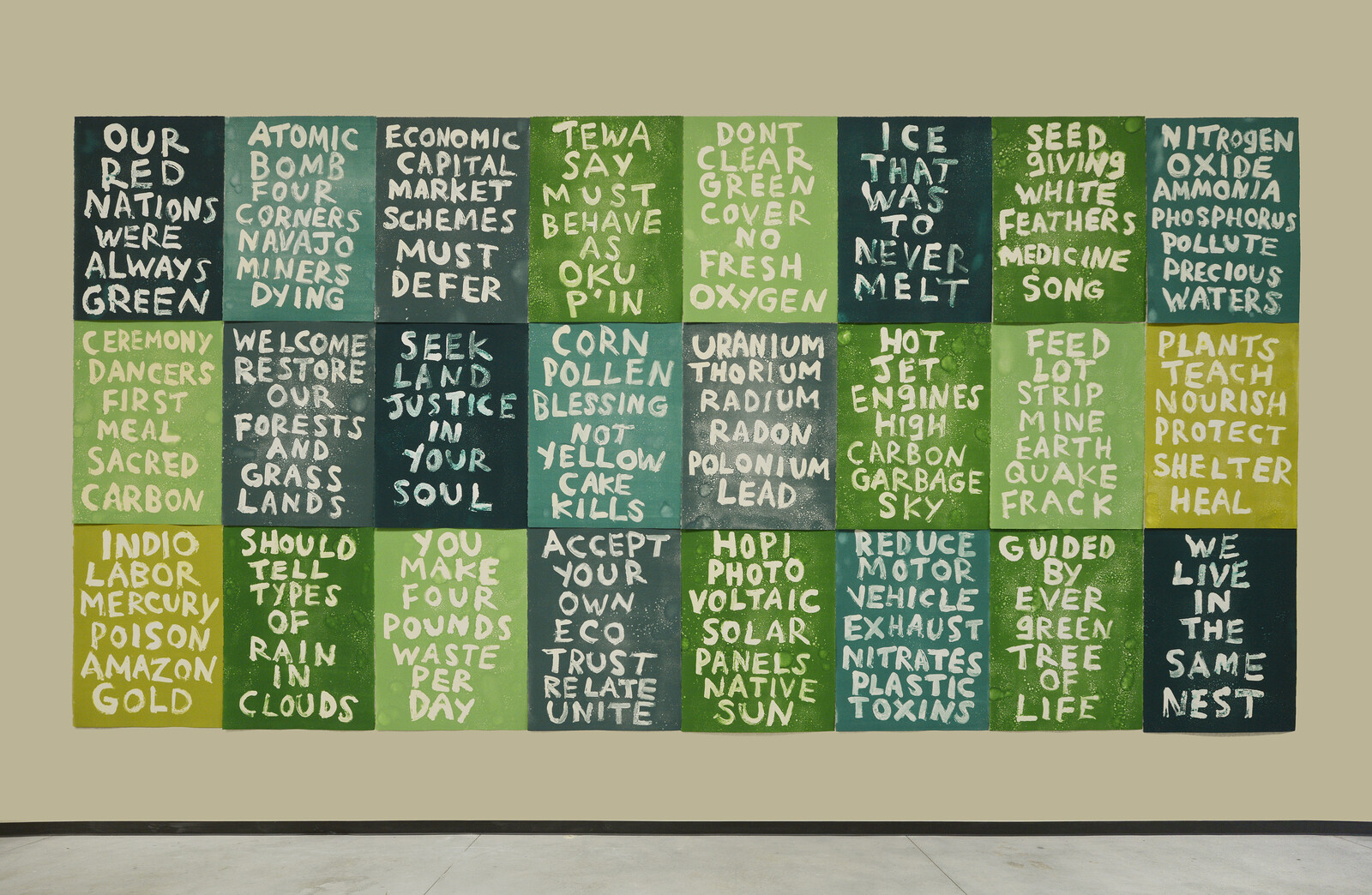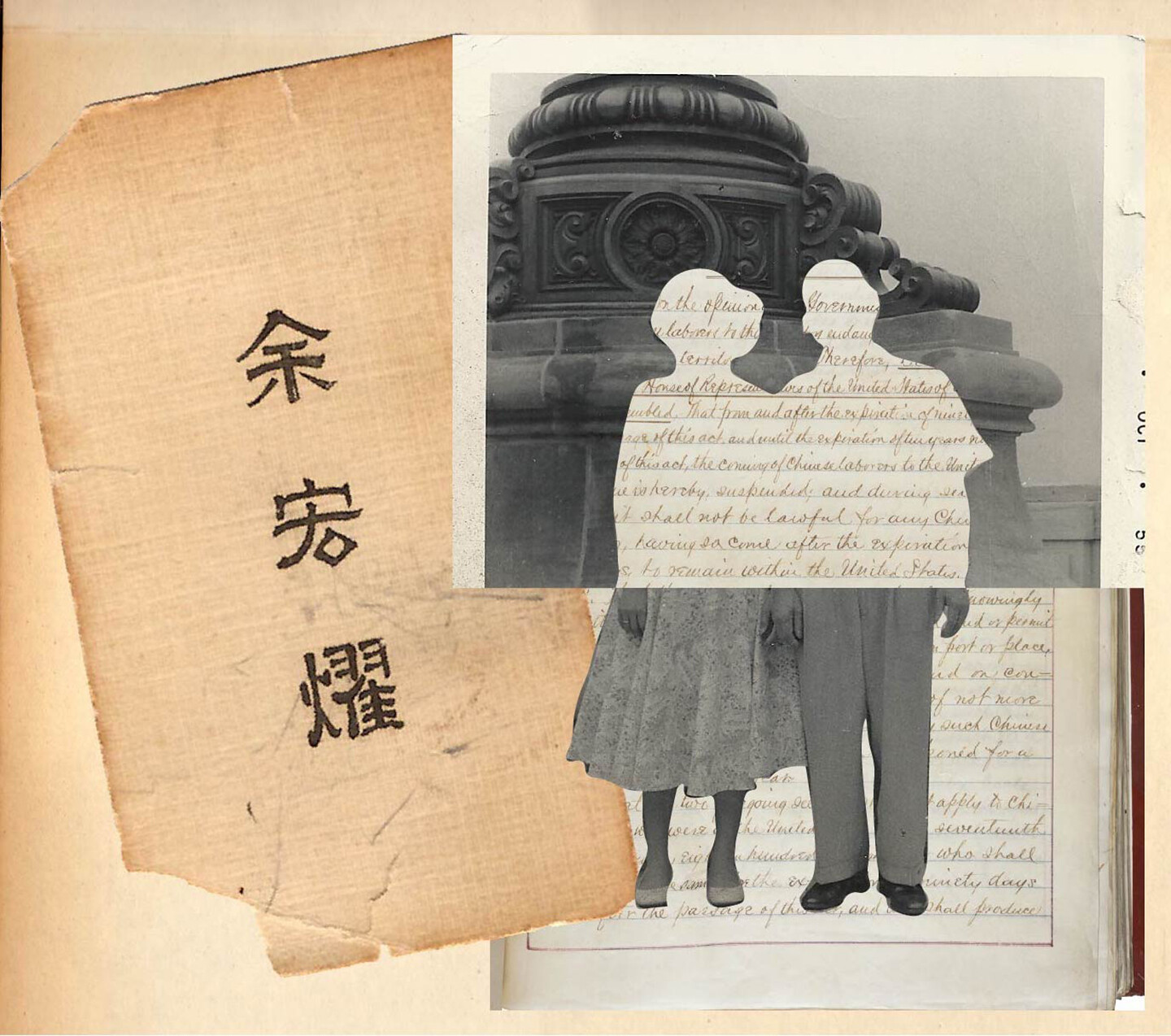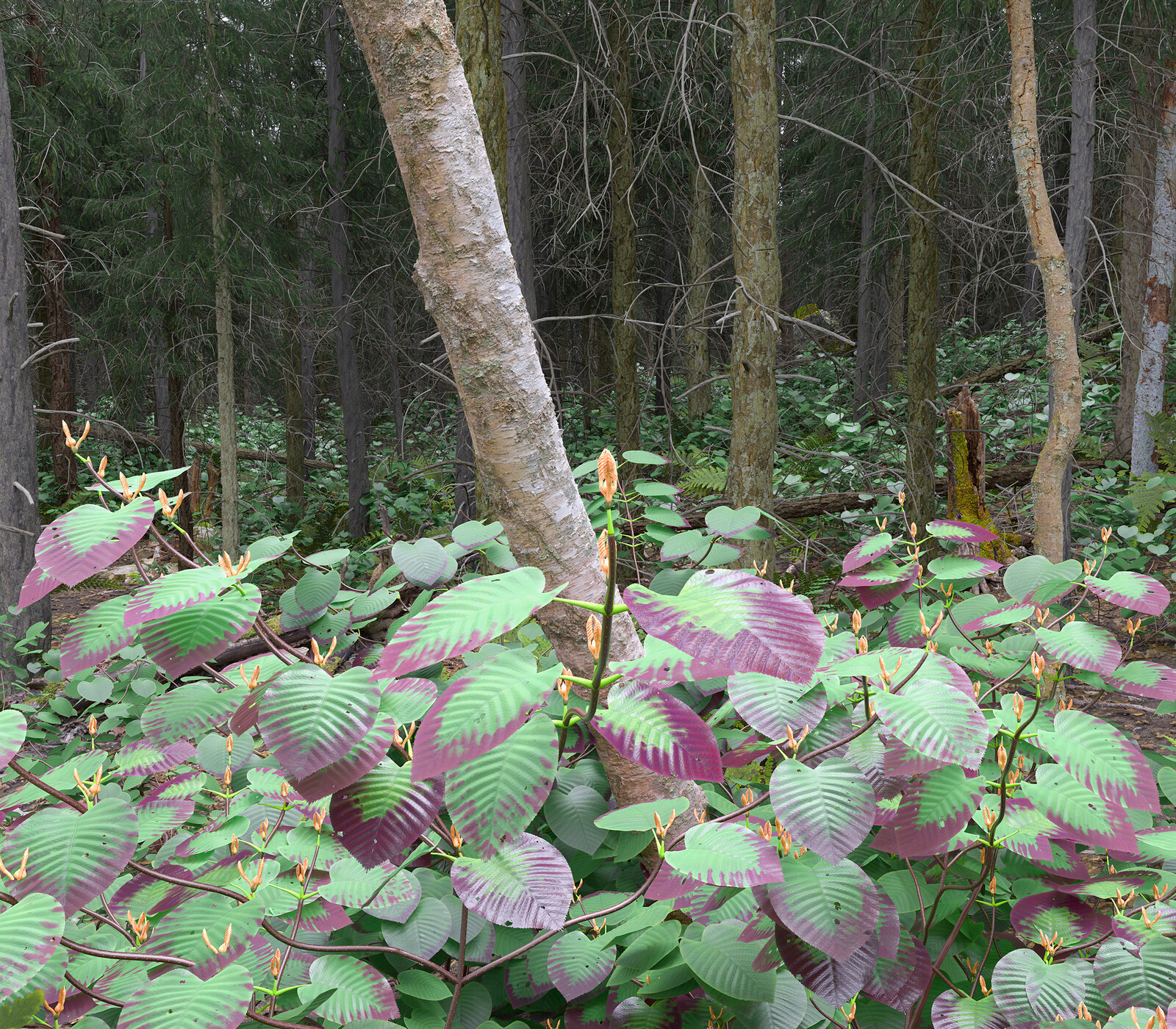I’ve been still too long and my memory of home sustains me.
But my memory of home is fuzzy and I need you to remember with me.
I’ve been told my time with her gave me a dancer’s posture. She gave me clarity about the shapes my body makes in the world. My methods grew from her demands. I asked the wrong questions, and the right questions the wrong ways, before I knew her. She knows me better than I know myself. Her constitutive limits are beyond any geographic boundaries. She slips into Togo, Ivory Coast, and Burkina Faso, and returns to herself across continents.
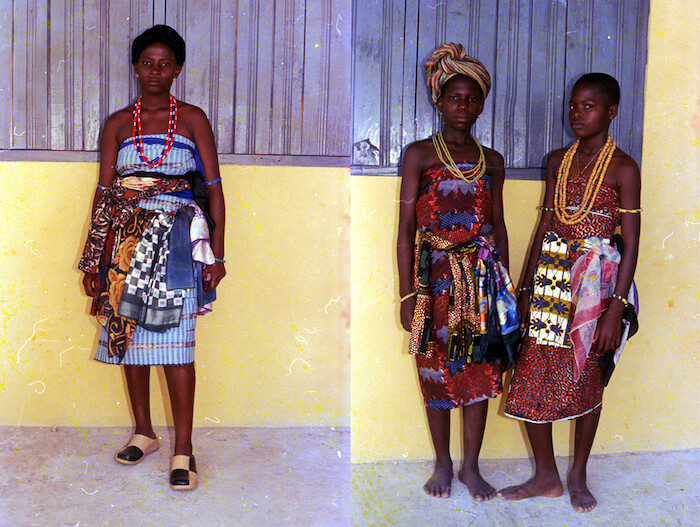

Portraits of girls after durbar ceremony, Volta Region, Ghana. Images courtesy of Saman Archive.
Before I was still, I found various routes to know her as well as she knew me. Some followed traditional festivals, others took me across Lake Volta by ferry, then by trotro to Tamale, Tamale to Kumasi by VIP bus. These routes have shown me around national parks, ancient mosques, weaving villages, pottery villages, fishing villages. They have taught me there is always more than one way to make and sustain. They indicated something about intentions. Not only this is how you get from one town to the next, but this is who we must be to get from this world to another. They insisted I learned of, and committed to, movements. One of my routes has a public life now. Beyin to Keta, or Keta to Beyin, or any point in the middle to any other, and across an ocean.1 This route will take you from near where a god in the form of a snail led a fifteenth-century community from Mande-land to settle on Lake Tandane to somewhere people walked backwards to avoid tracking in their escape from tyrannical rule. Along this route I have found myself at many doors that have taken us across an ocean. This route taught me something about who we take to be our guides, about slowness and smallness, about how we go backwards to get free.
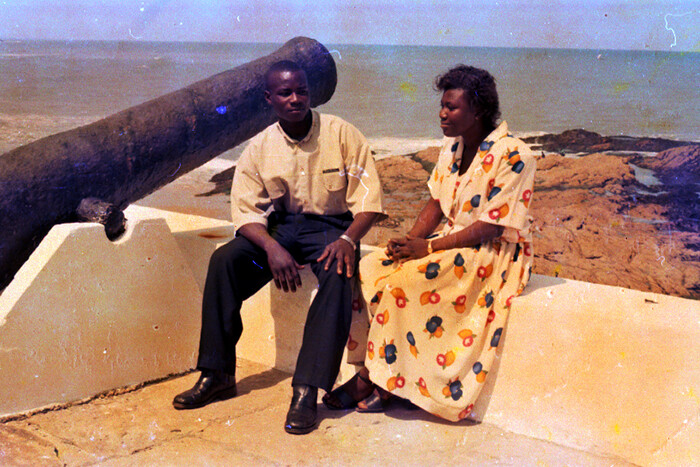

Visitors at Cape Coast Castle, Cape Coast, Central Region, Ghana. Image courtesy of Saman Archive.
Along another route, one that does not yet have a public life, I found myself in Agona Sweduro where I met a photographer who taught me about teaching:
Teaching trains you so you can fit yourself to be lived with. Teaching gives you the power to live with people. If it doesn’t help you to live with people then you are not educated. Me, I live with people, and I learn, and I put that knowledge to work. This is how they learn too.2
On navigation
Our intellectual journeys have geographic itineraries. Our imaginations, which we will need for wherever it is that we are going, express themselves through the materiality of place.3 We must learn how to move around in our imaginations, how to move our imaginations beyond their own limits, how to imprint them on our realities and allow them to offer tools to move around the here and now. If we understand navigation as operating on a “plane of immanence in constant motion,” we come to understand that it is not a question of representing or framing the world.4 Instead, the art of navigation, according to Doreen Mende:
continuously updates and adjusts multiple frames from viewpoints within and beyond the world. Navigation is thus an operational practice of synthesizing various orders of magnitude, each with its own horizon.5
Thinking of cybernetics and reading systems of navigation for our present, philosopher Yuk Hui calls for new movements and schools of thought that can understand technology in different ways.6 One of my technologies of choice for doing this is the story. Our stories are our theories.7 Our storytelling is necessarily multifarious and relational. In their crafting and telling is an interdisciplinary practice that makes representative demands outside of itself.8 Our stories loop in time; they make time. They loop in space; they make space. They loop in us; they make us. Home showed me that the looping of our stories was more spiral than circle.


Baby naming ceremony, Greater Accra Region, Ghana. Image courtesy of Saman Archive.
Go back and get it
We know of a mythic bird that looks backwards to fly forward. It flies while carrying the future, seen in an egg, in its mouth. This bird represents sankofa, and has been taken up by the African diaspora as a gesture towards reconnection and collective wellbeing.9 Sankofa also offers a philosophical, ethical, and temporal orientation, its literal translation being “go back and get it.” Ashon Crawley invokes sankofa in articulating his idea of Black study:
To be a student in such a study, in such an intellectual practice, would be to have individuals in the posture of sankofa, enacting, performing what it means to “go back and get it,” where “it” here indexes the always possible otherwise, an otherwise that exists alongside and in antagonistic form to modernity, to western theological-philosophical thought. In the originary grounding of experience, what one has is always the capacity for plurality.10
Home taught me more about the form of teaching than its necessary contents. She made it clear to me I ought to be taught by students what they needed to learn. I could be a guide of sorts—I have good stories and enough experience to respond to their calls in ways that are generous and generative—but I couldn’t be the only one among us to decide what was required, or where we were going. I could indicate a long, long list of possible encounters, but nothing could be fixed. We had to talk first. All I know had to be available to them, and what I didn’t know, we could find together. If I could gather a cohort that agreed on the right questions, if I could invite them in by introducing them to who had taught me about teaching and learning, we could take improvisation seriously and find a way to live together.11
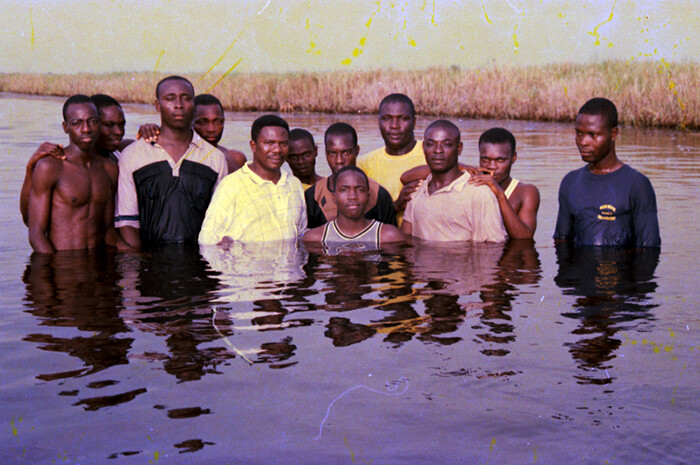

Men after baptisms, Anloga, Volta Region, Ghana. Image courtesy of Saman Archive.
When I was asked to teach a seminar in the Fine Art department at Central Saint Martins this year, I knew that I couldn’t do anything other than take all that home had taught me, in terms of method and form, and place that in service of what had appeared to me as the right questions. I asked my fellow travelers:
What does it take to change the world?
How do we survive the end of the world as we know it?
What are the precedents for unprecedented times?
I called the enquiries that came out of these questions Transformative Study.12 We didn’t have much time, and we couldn’t do everything, but we could do some things. We learned how to learn. We developed methods and strategies to get us beyond the limits of our resources. We discussed the technologies that got us here. We came to understand exactly where here was, as well as where an elsewhere may be, and how we could get over there, beyond there. We developed relationships with the shapes we made in the world. We decided what could be discarded and what was worth keeping. We questioned what was pre-given and what could be a choice. We created our own tool and instruments, our own rituals. We took (back) time.
We had ambitions bigger than assessment criteria could account for. We found a way to break apart categories. We took seriously the possibilities of the impossible. We built real relationships with the thinkers and doers who had already been where we are and had left us placemarkers. All of this was not our content, but our form, our posture. When we get our postures right, some questions start to answer themselves even before we know to ask them. This is life, not study at a distance. Our living cannot become object.
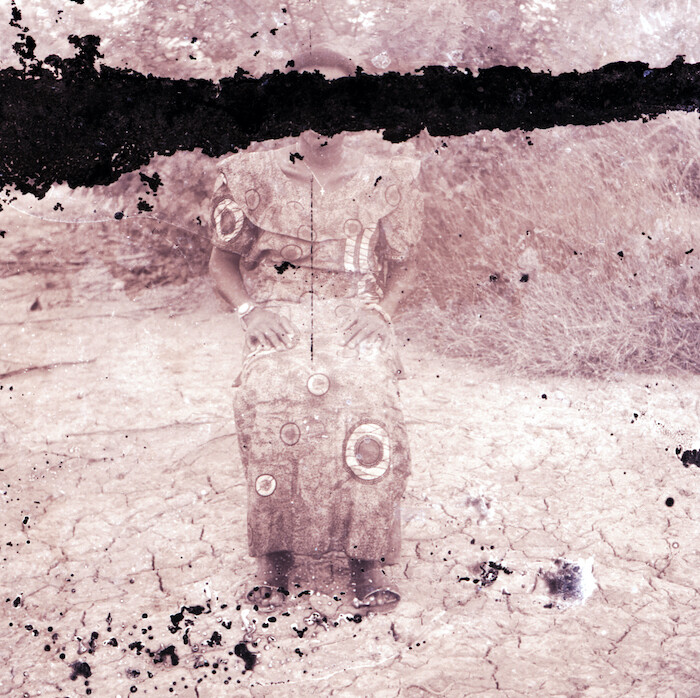

Anloga, Volta Region, Ghana. Image courtesy of Saman Archive.
We start by creating our containers
If the attendant praxis of a transformative theory of justice requires a critical, speculative, and creative mode, space must be created for all of this.13 We start by making a space conducive to our project by recognizing our bodies and our stories as our containers. The boundaries of both can be soft and permeable, but when we create fitting containers, we can gather as a community; we can gather our resources.
As we create fitting containers, we can consider what it might mean to make an archive of our gathering, sustaining, and thinking. I want to make this as public as possible, not so much what’s inside but the container that holds it all.14 In his “Archivist Manifesto,” Yuk Hui asserts that what the archivist needs, beyond their love of objects, are skills, or technics of care. Care here, like power, is “not substance, but relations that is modified according to its material conditions.”15 Care is not only the work of “taking care of something,” it offers a temporal structure within which we create a consistent milieu.16 Within the archive, or library, Hui says this structure is related to the associative milieus created between objects, or ideas, and their caretakers. Through this technics of care comes a making public that develops infrastructures for sharing that can bypass market logics.17 Our infrastructures are our containers, as is the archive as institution.
I have something to share
In summer 2015 I started to form Saman Archive.18 Saman is an Akan word for “ghost” that was used in the era of analogue photography to describe the photographic negative. The archive is a gathering of negatives, maps, and recorded encounters; encounters with land, with people, with history. There are many, many stories; each image is a story. Then there are the ones I was told, and the ones I lived through. I’d returned home in 2015 for the first time as an adult. I was a design anthropologist then, back for a family wedding and to do research on the kente-ness of kente cloth. At some point in that research I ran out of film. When I went to Tudu to find film I ran into some stories, which led me to some photographic negatives. Some became many, with many more to come. They became a national archive unbeholden to the limits of the nation-state. This archive refuses the impulse to rule or accumulate. We gather. The constitutive limits to this archive are permeable, and you who believe in the always possible otherwise are going to help give shape to what it becomes. We can live together and we can learn.
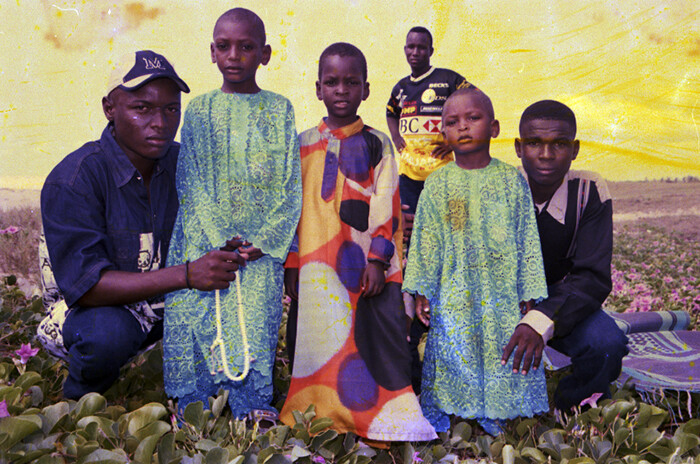

Day trip, Volta Region, Ghana. Image courtesy of Saman Archive.
My archiving has proffered a generous temporal structure, which in turn has given me a pedagogical posture. Hui’s technics of care points to something of what learning can be, and a way to consider our teaching as a site of openness and generosity, which Katherine McKittrick argues includes the redistribution of resources.19 In this approach to teaching and learning, we let go of owning, foregrounding collectivity and multiplicity. We also acknowledge the urgencies of unmastering, undoing our relations with dominating impulses to power as well as knowledge. I have this country unmapped.
Her constitutive limits are beyond any imaginable boundaries. She is in an archive that is all of ours. She is herself, and a collection of ghosts, and animal totems from our maternal lines. She is family, and friendships, and students, and colleagues. She is chance encounters in photo studios and at parties. She takes her guides and that which sustains seriously. She returns to herself from London, Cape Coast, Accra, and Apam. She finds herself at the continent’s furthest limits; the near nowhere of Cape Three Points; the far west of Dakar. She finds herself at lying doors that know nothing of return. She finds herself in food, and rhythms, and the posture of kin across oceans. She knows some things about the making of history, about how to put oneself in service of what you say you believe.
This is who we must become to get to where we say we are going.
Perhaps this is what we must change in ourselves to get from this world to the next.
She knows some things about living and storying. Storying as living, or as creating the conditions for living. About the time-space relationship between I and we, she knows about scale and pace; about the work slowness and smallness does.
Perhaps this is how we sustain.
See Adjoa Armah, “In our language the word for the sea means the ‘spirit that returns,’” Afterall, September 8, 2020, ➝.
Interview with the author.
Max Hantel, “Rhizomes and the Space of Translation: On Édouard Glissant’s Spiral Retelling,” Small Axe 17, no. 3 (2013): 100.
Doreen Mende, “The Code of Touch: Navigating Beyond Control, or, Towards Scalability and Sociability,” e-flux journal 109, May 2020, ➝.
Ibid.
Geert Lovink, “Cybernetics for the Twenty-First Century: An Interview with Philosopher Yuk Hui,” e-flux journal 102, September 2019, ➝.
Here I refer specifically to the history of Black theorizing taking narrative forms. See Barbara Christian, “The Race for Theory,” Feminist Studies 14, no.1 (1988): 67–79.
Katherine McKittrick, Dear Science and Other Stories (Durham: Duke University Press, 2021), 7.
Katherine McKittrick, Dear Science and Other Stories (Durham: Duke University Press, 2021), 7.
Ashon T. Crawley, Blackpentecostal Breath: The Aesthetics of Possibility (New York: Fordham University Press, 2016), 241.
Improvisation here is not understood as a lack of preparedness, but as the merging of rigorous attentiveness, care, responsiveness, attunement to the work of curiosity, memory, and deep study. An important element of Black aesthetics, social life, spatial practices and livingness. See AbdouMaliq Simone, Improvised Lives: Rhythms of Endurance in an Urban South (After the Postcolonial) (Cambridge: Polity Books, 2018).
Study is understood here as a speculative, collaborative and relational practice. See Stefano Harney and Fred Moten, The Undercommons: Fugitive Planning and Black Study (New York: Minor Compositions, 2013).
Peter Wall Institute for Advanced Studies, “Denise Ferreira da Silva|Transformative Theory of Justice,” YouTube, June 12, 2020, ➝.
Keguro Macharia, “Difference: An Audre Lorde Archive,” The New Inquiry, July 24, 2017, ➝.
Yuk Hui, “Archivist Manifesto,” Mute, May 22, 2013, ➝.
Ibid.
Ibid.
Saman Archive, ➝.
Chanda Prescod-Weinstein, “Public thinker: Katherine McKittrick on Black Methodologies and Other Ways of Being,” Public Books, February 1, 2021, ➝.
Survivance is a collaboration between the Solomon R. Guggenheim Museum and e-flux Architecture.
Category
Subject
The author would like to thank students of Transformative Study, from Central Saint Martins College of Art and Design, BA Fine Art Stage 2 2020/2021. She would also like to thank the college’s BA Fine Art Stage 1 students and Critical Studies staff for their contributions in transforming this text from its lecture form, Can the Spiral Make the World Otherwise? Finally, she would like to express gratitude for the relationships and encounters that sustain her living and learning.
Survivance is a collaboration between the Solomon R. Guggenheim Museum and e-flux Architecture.
